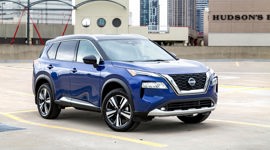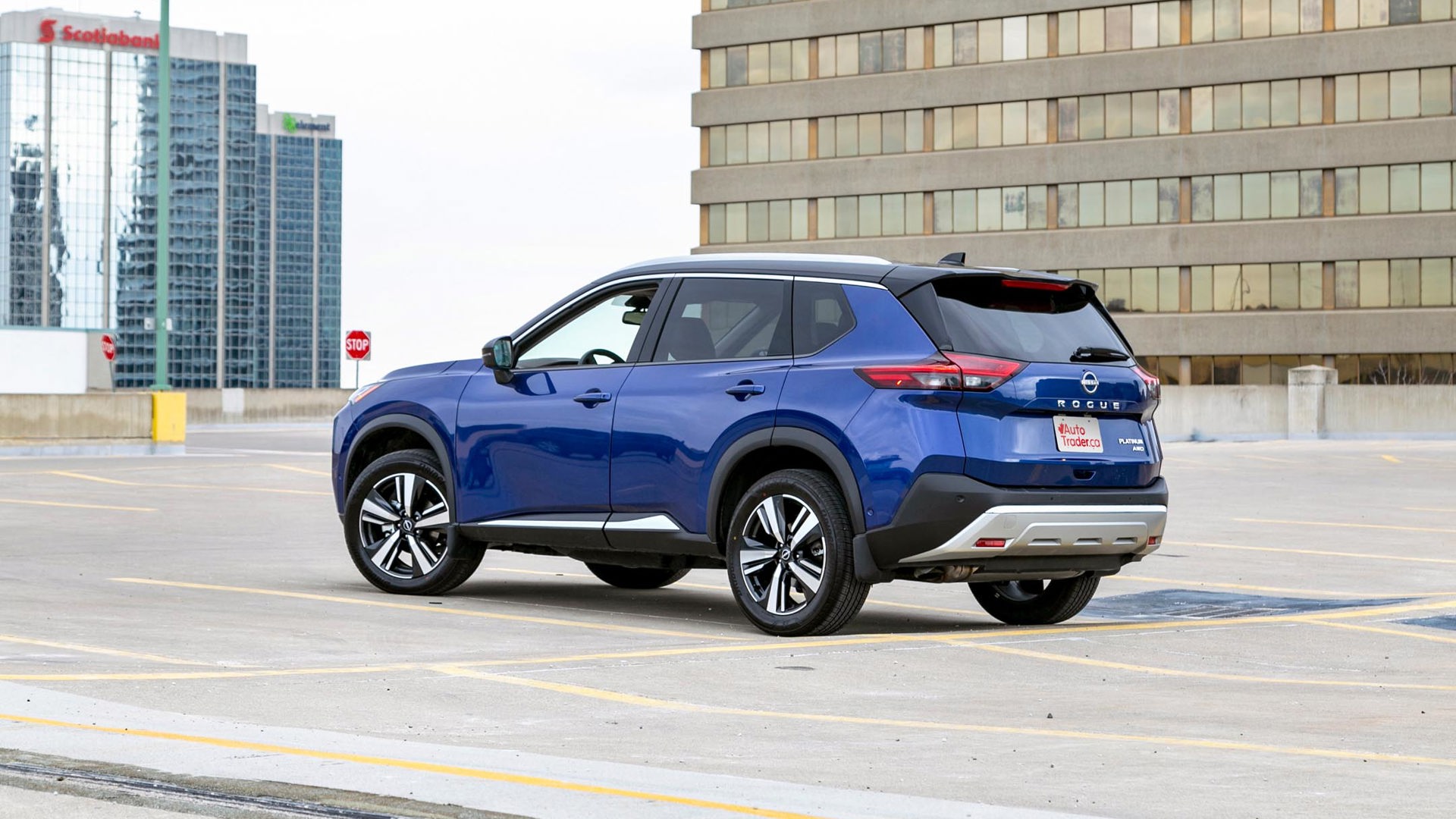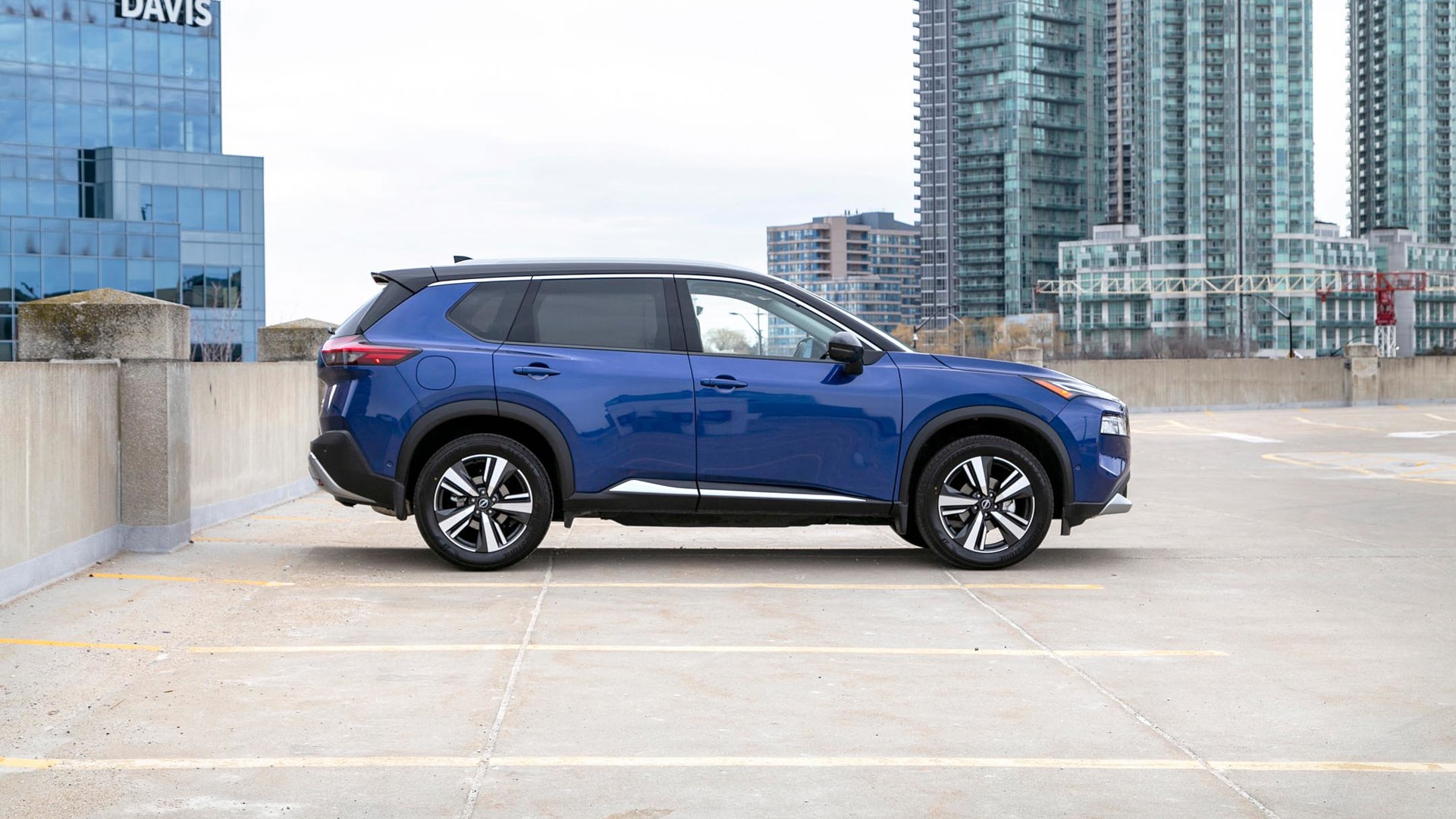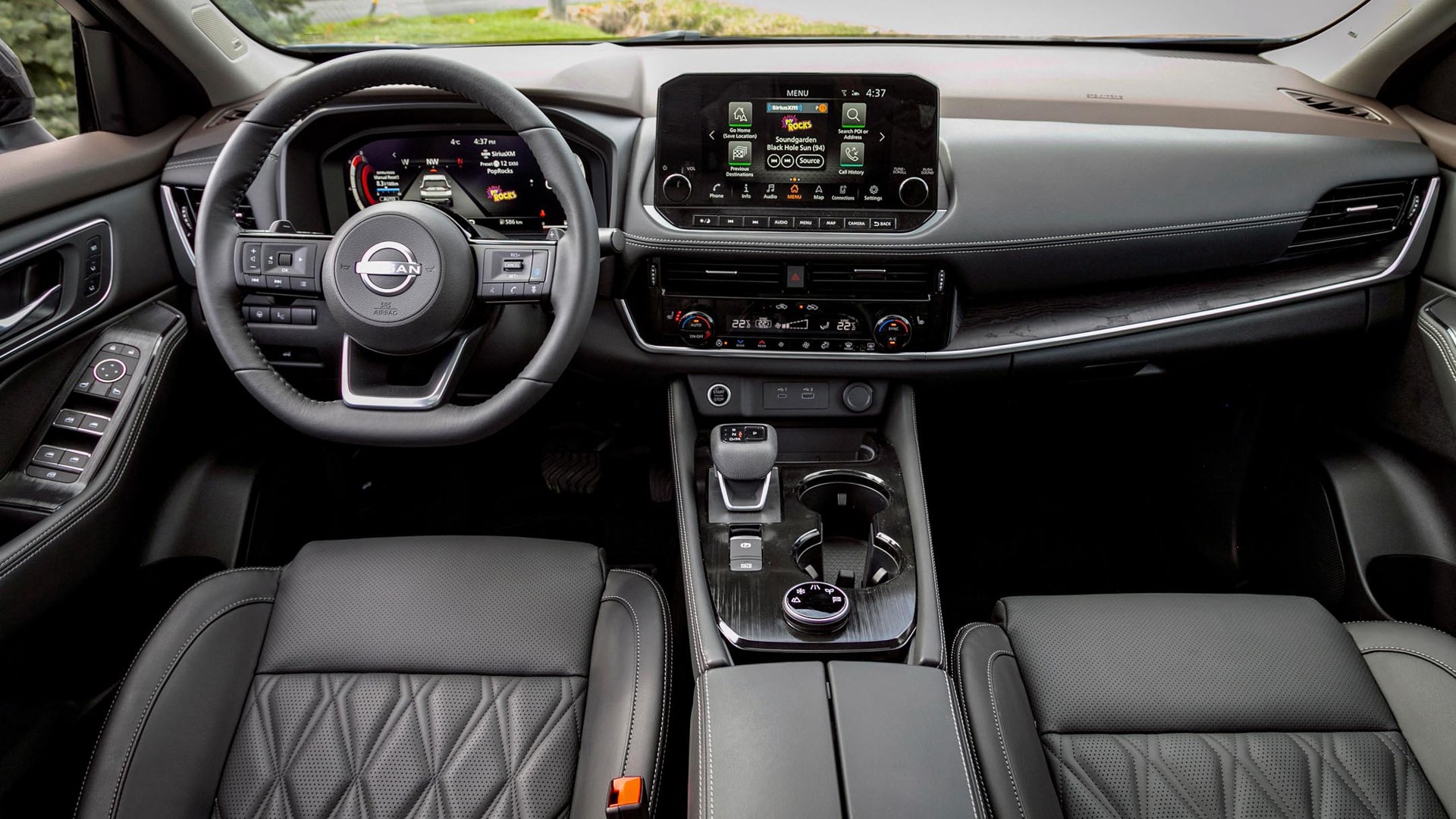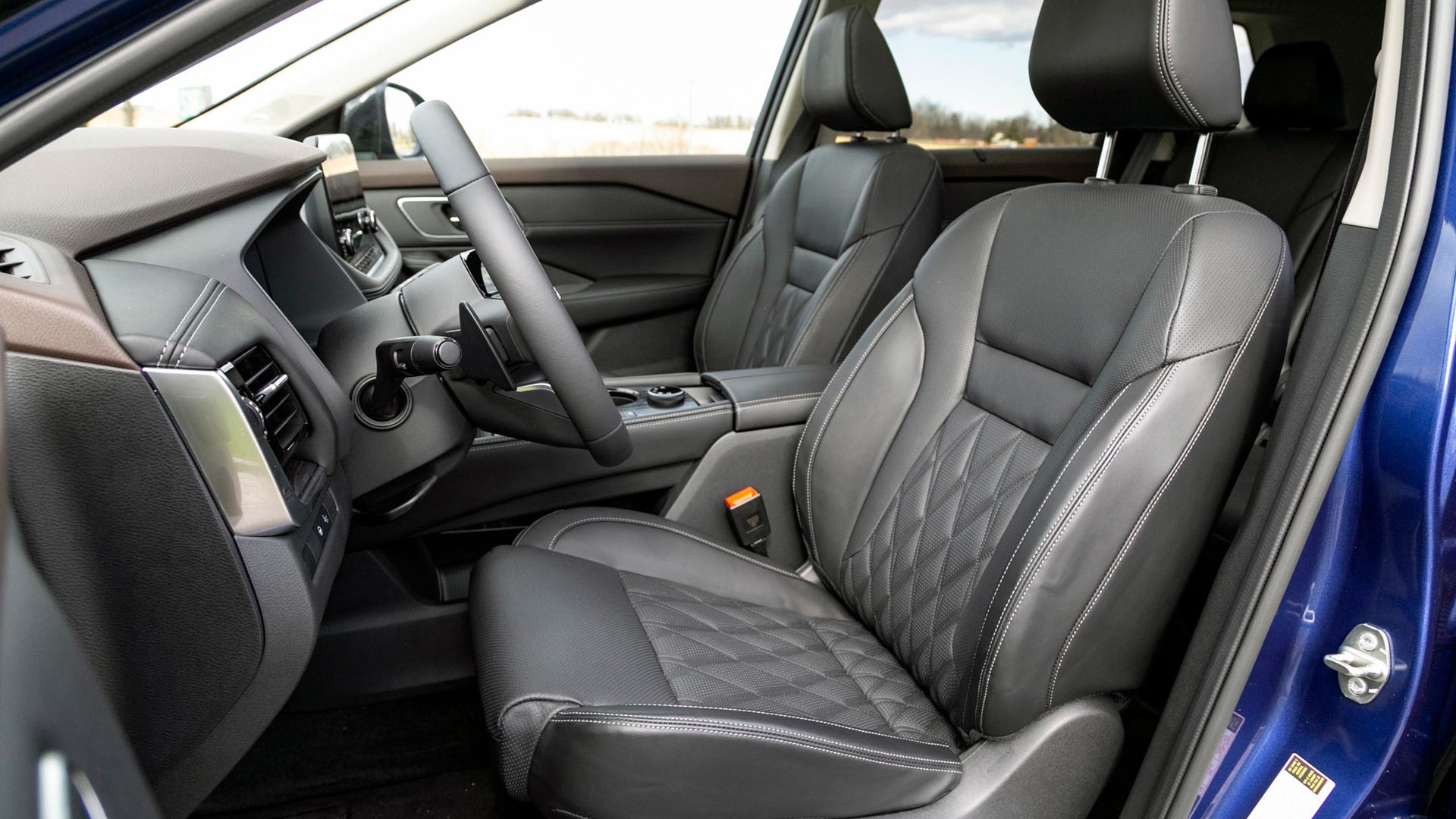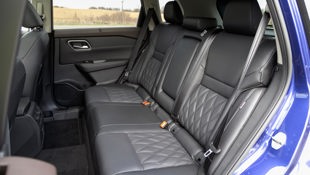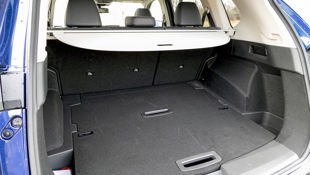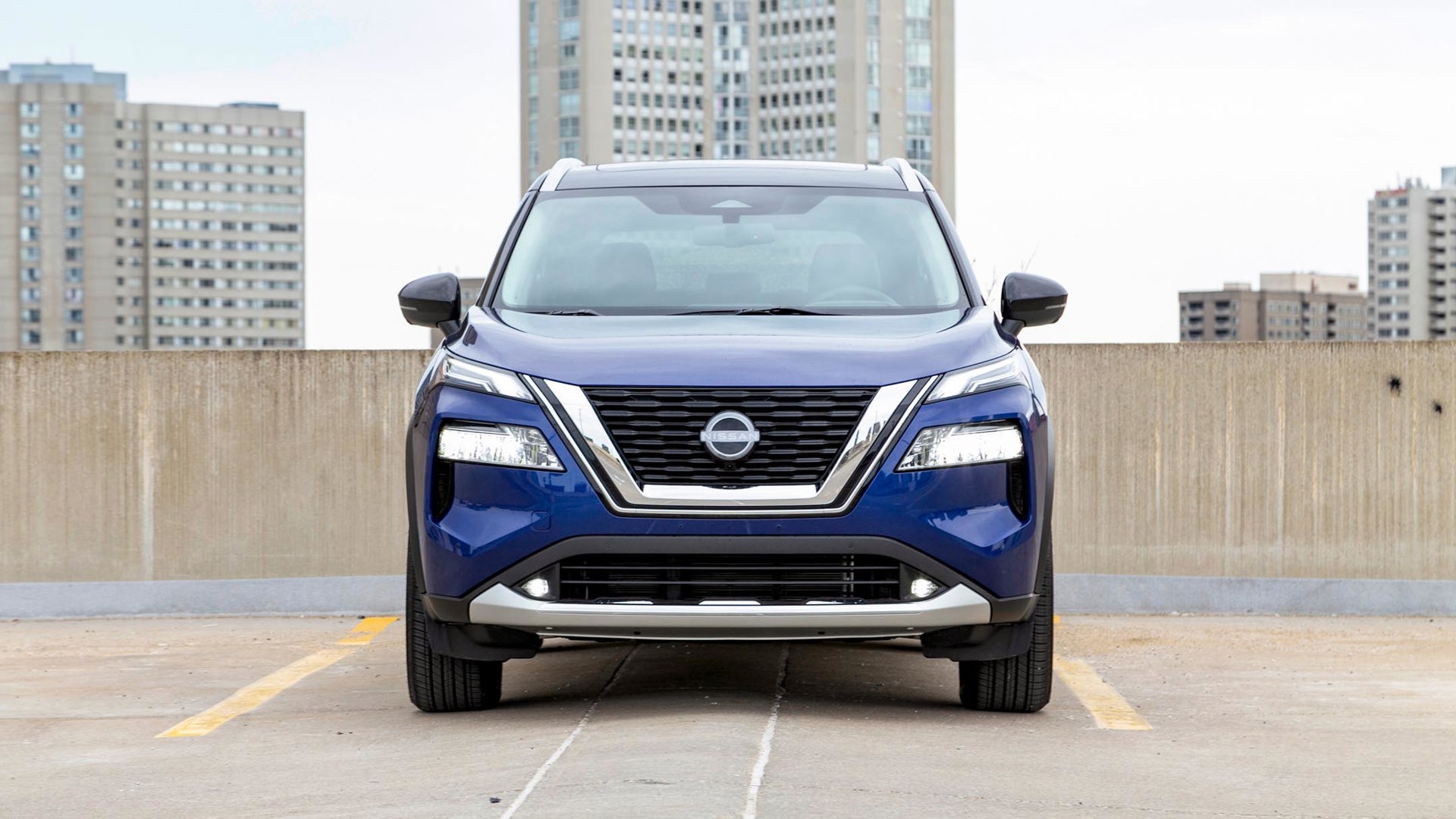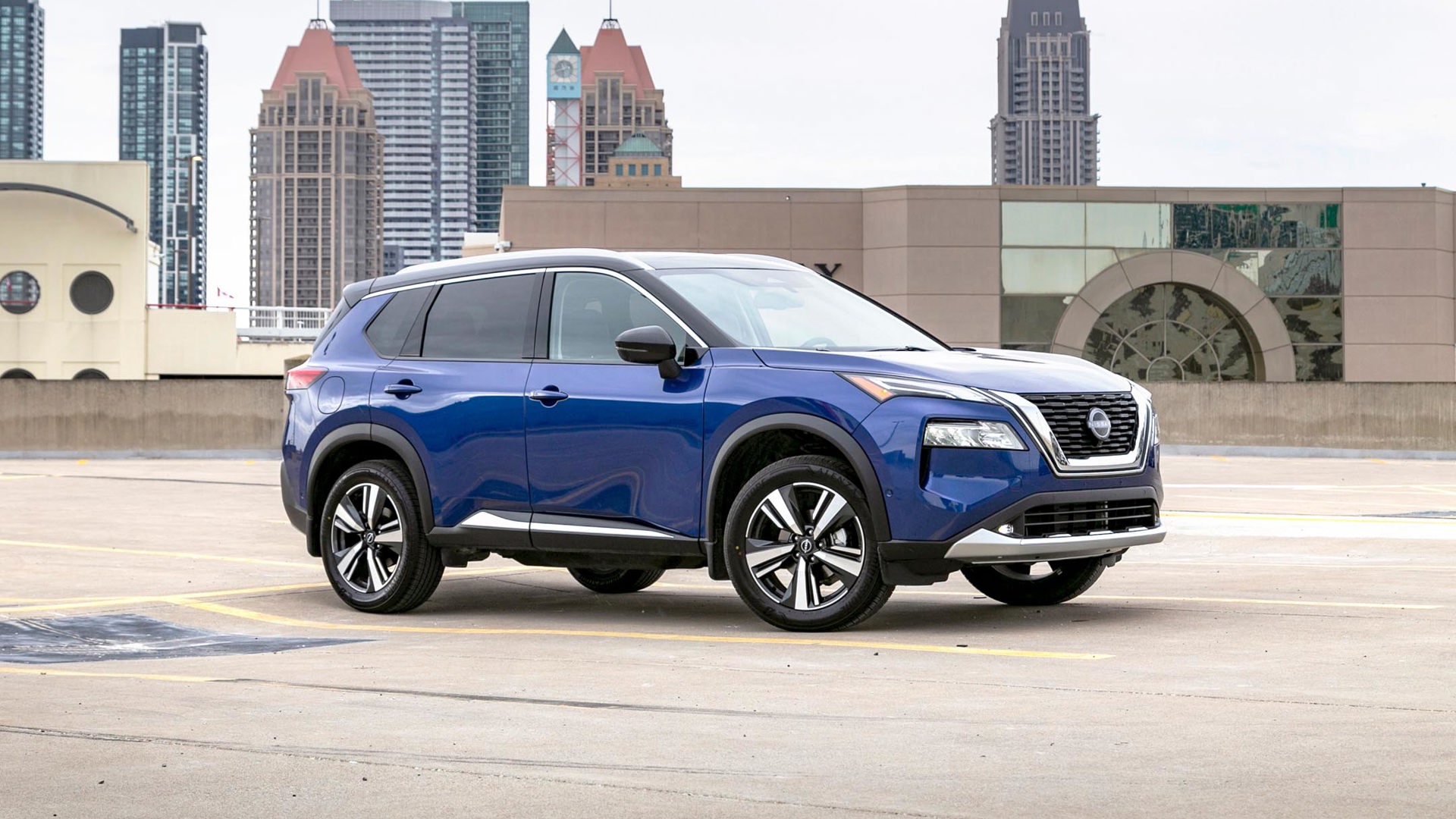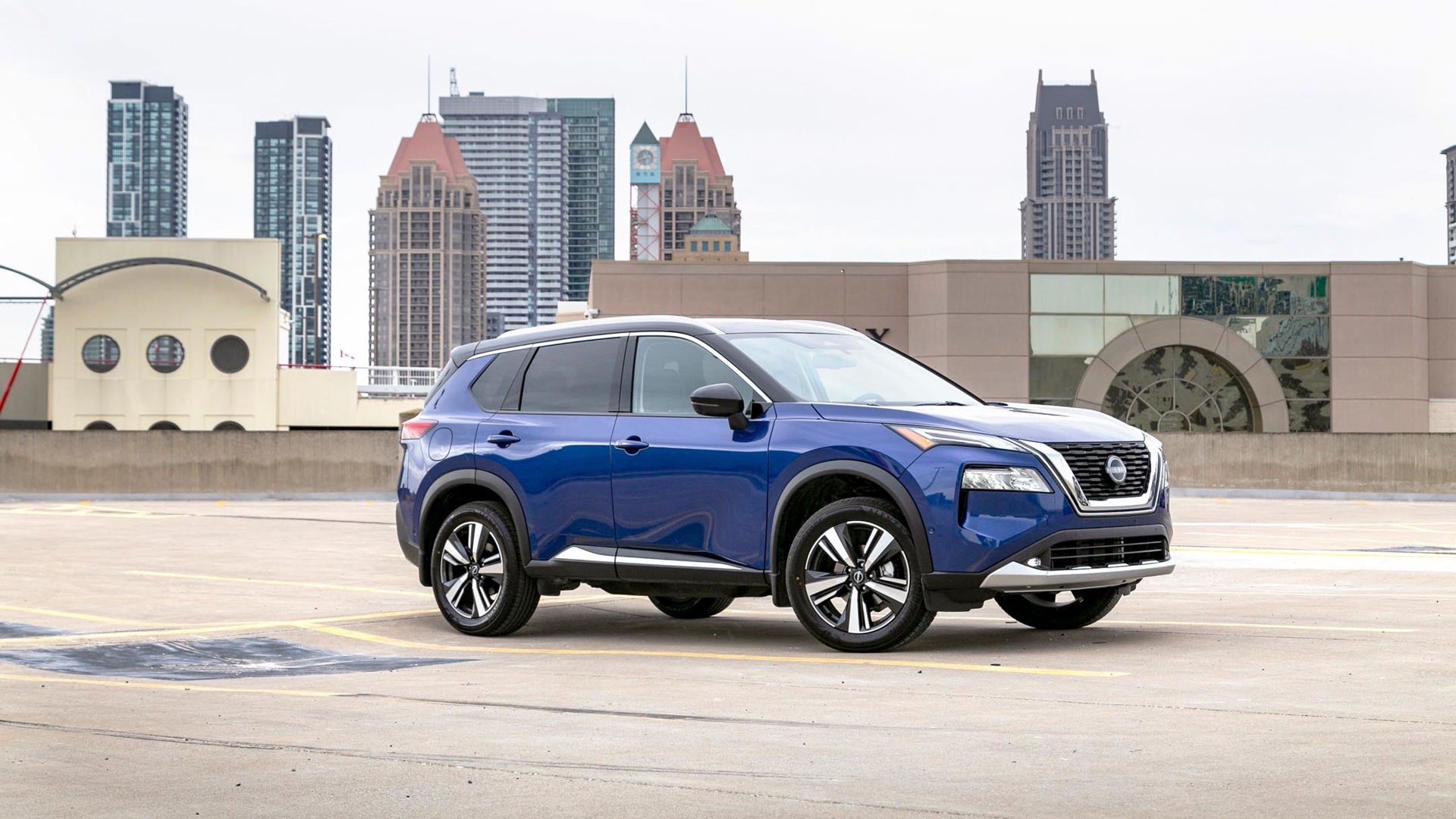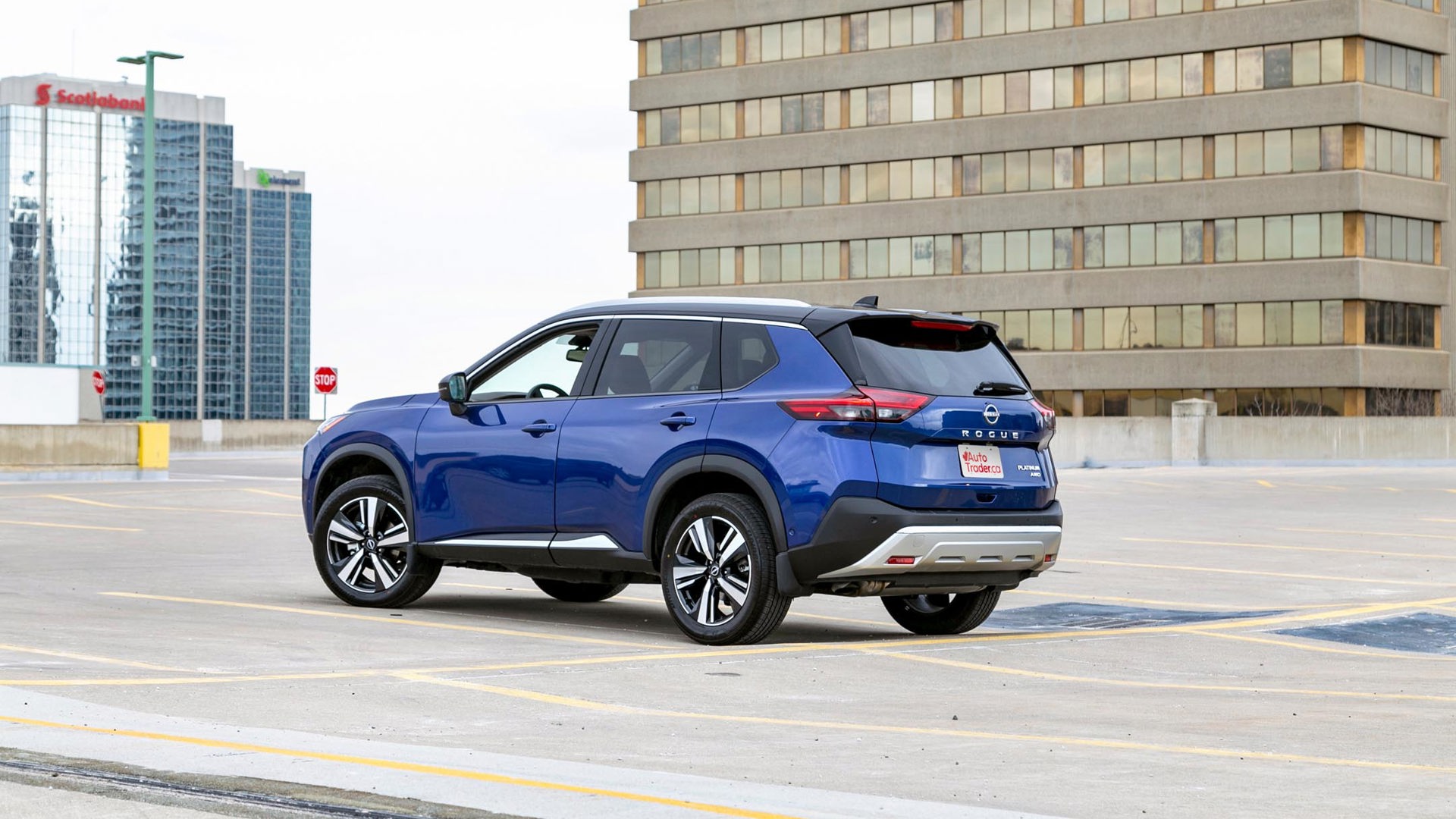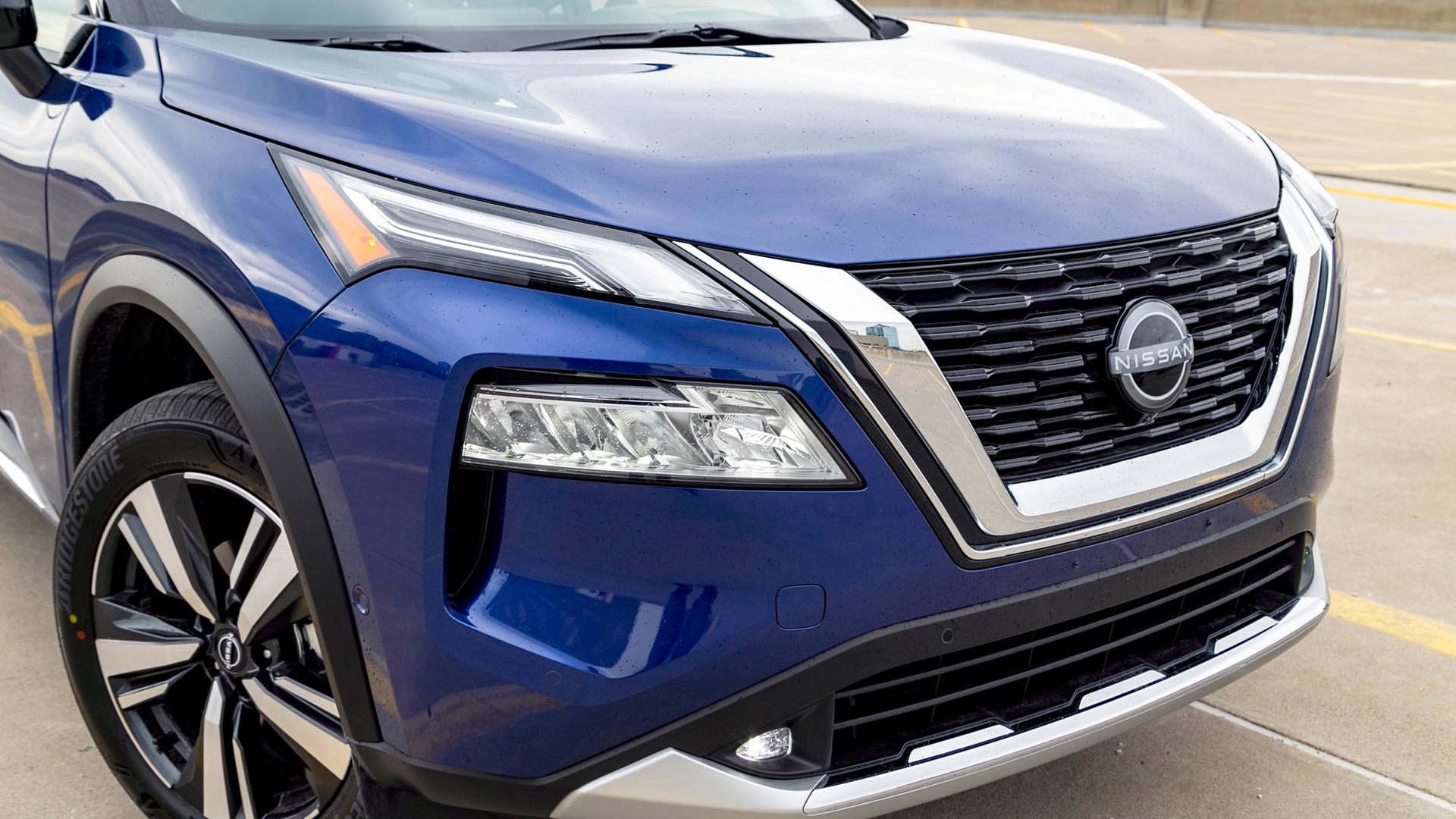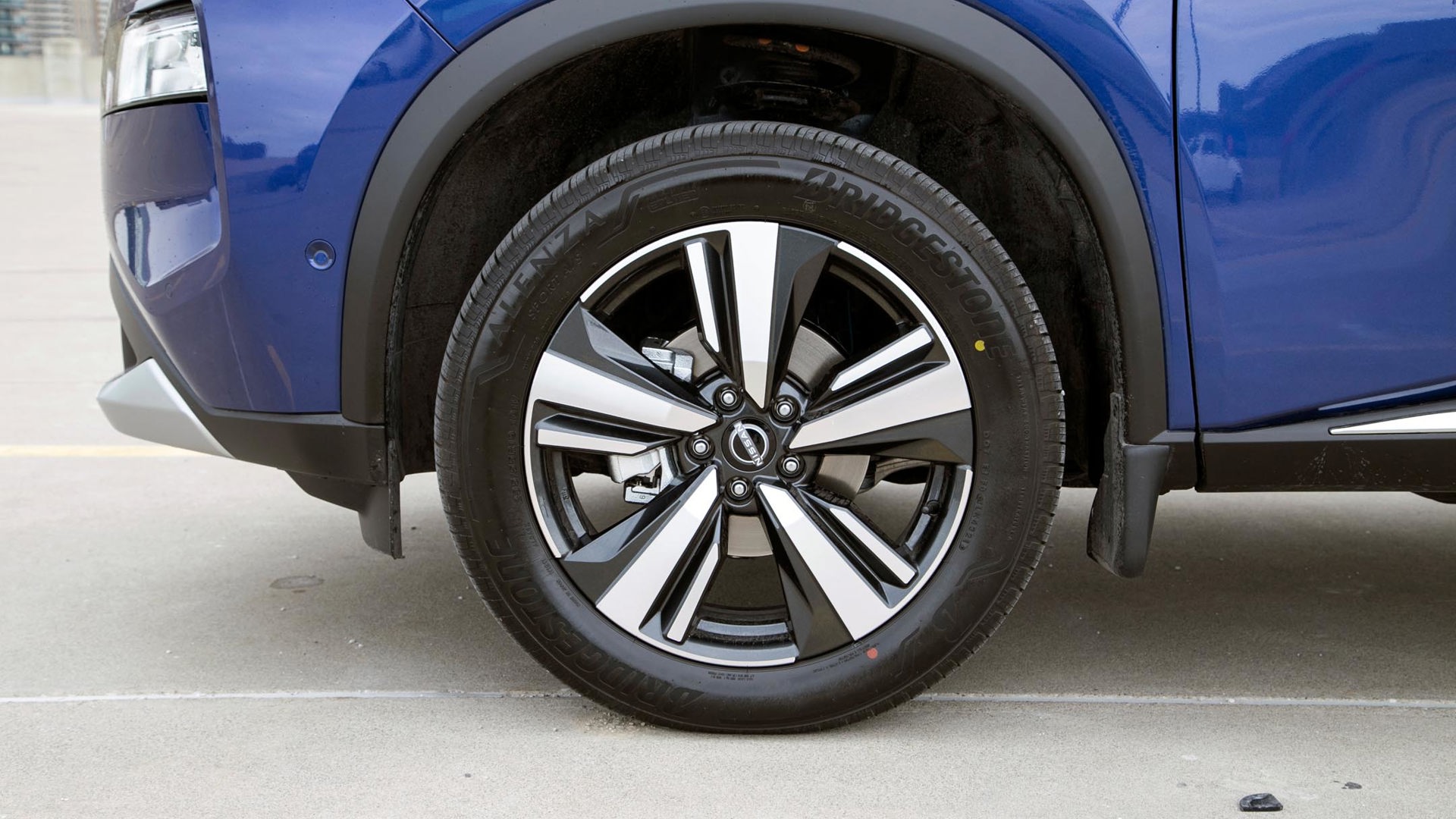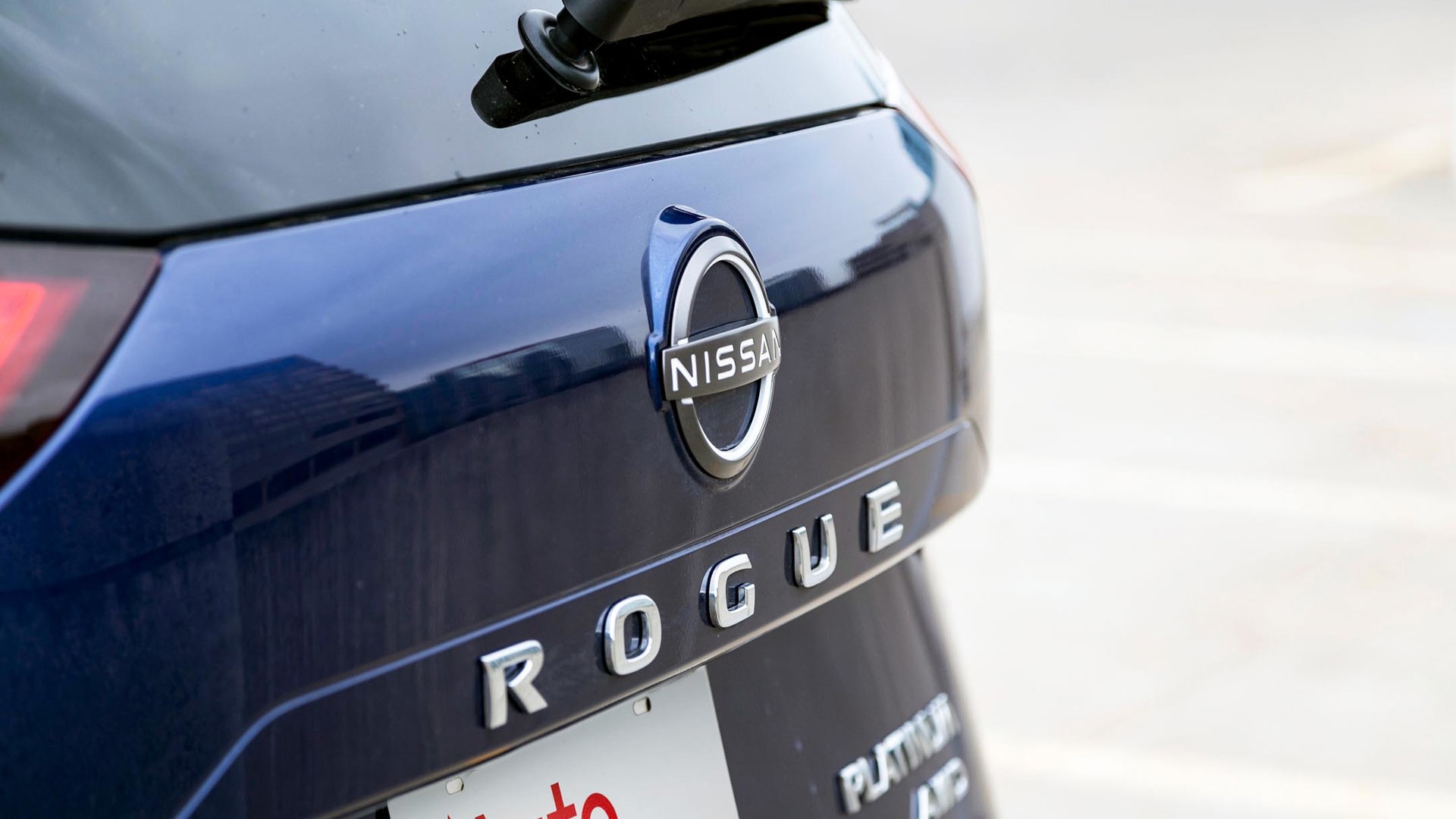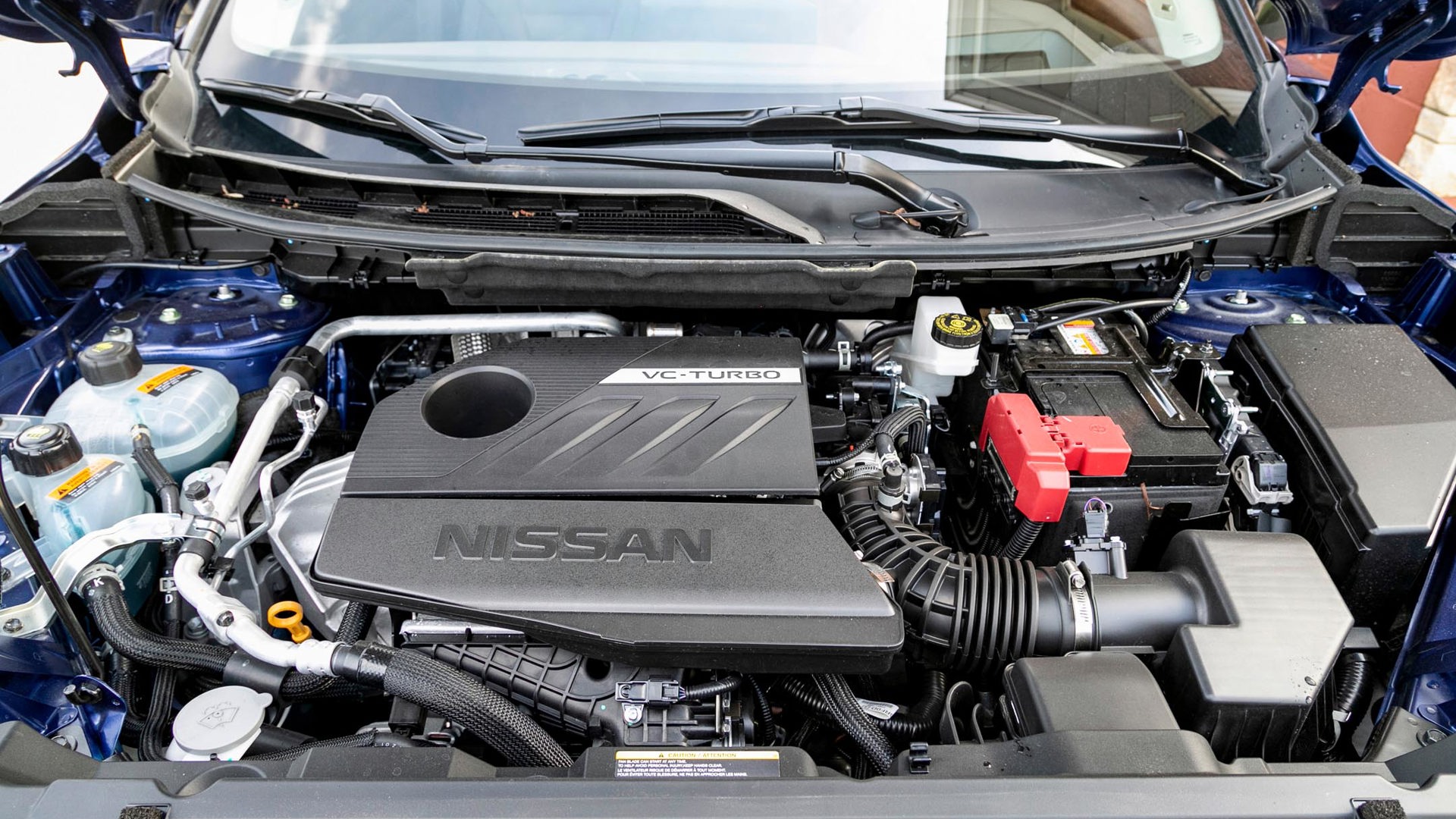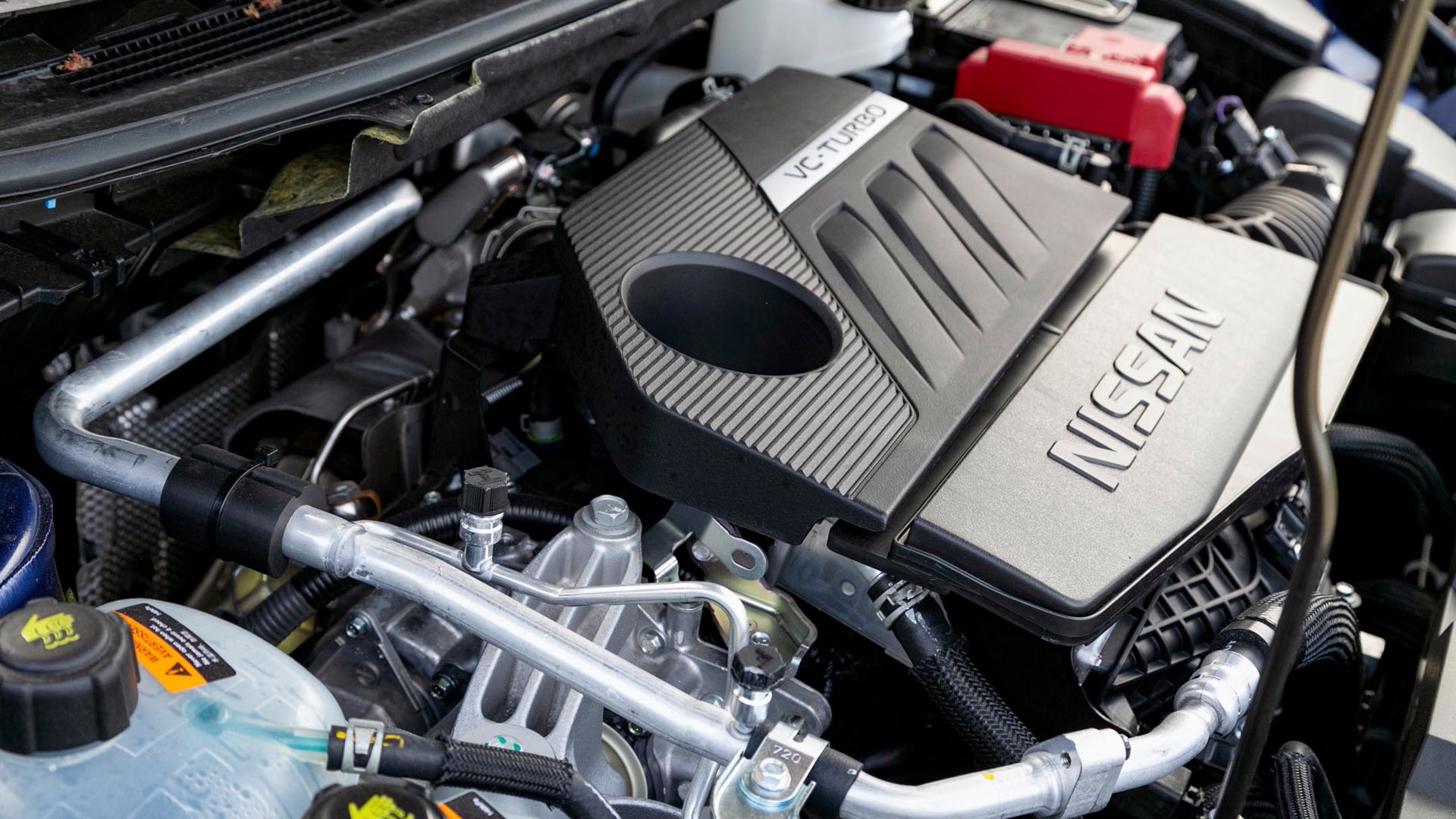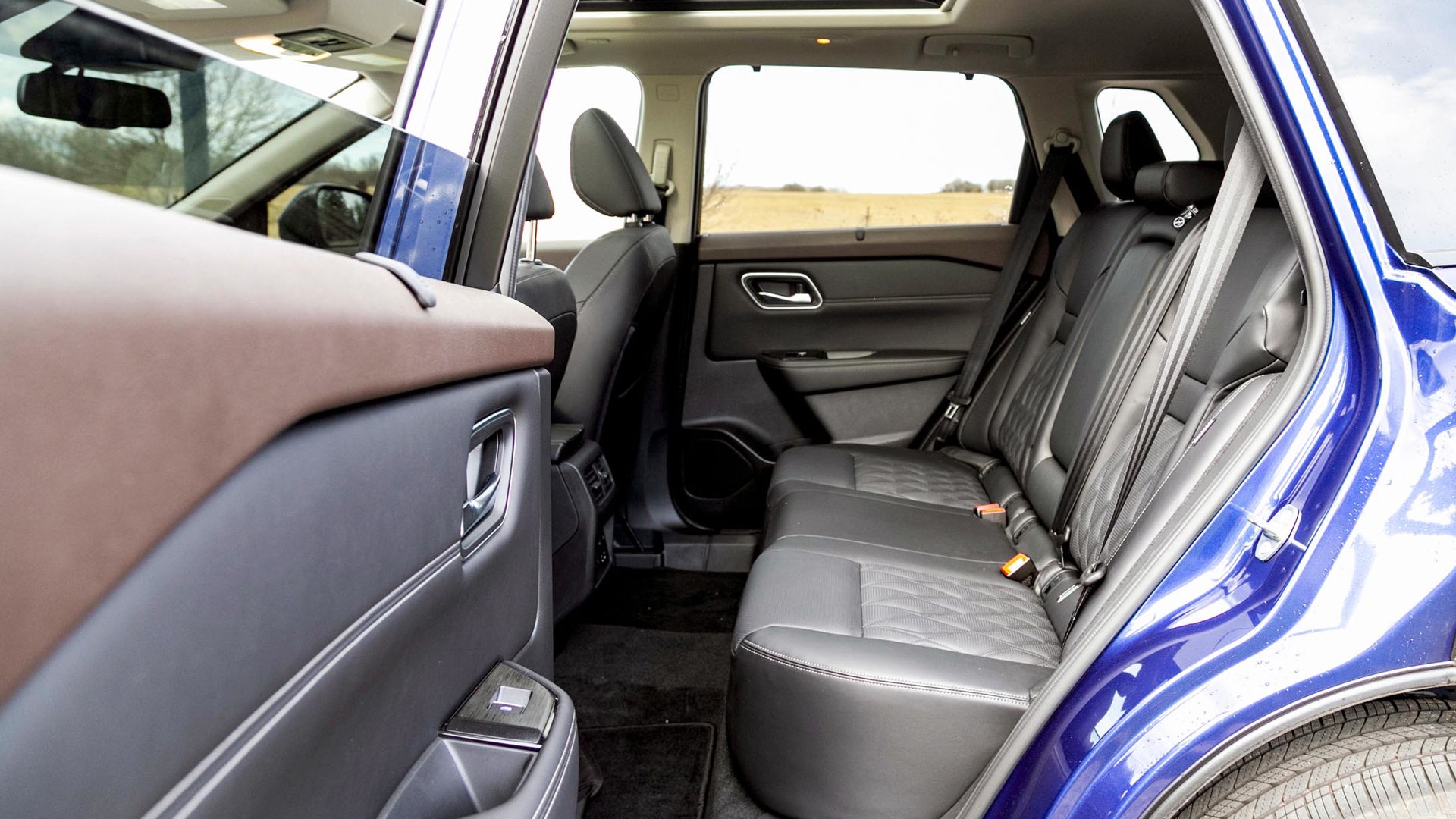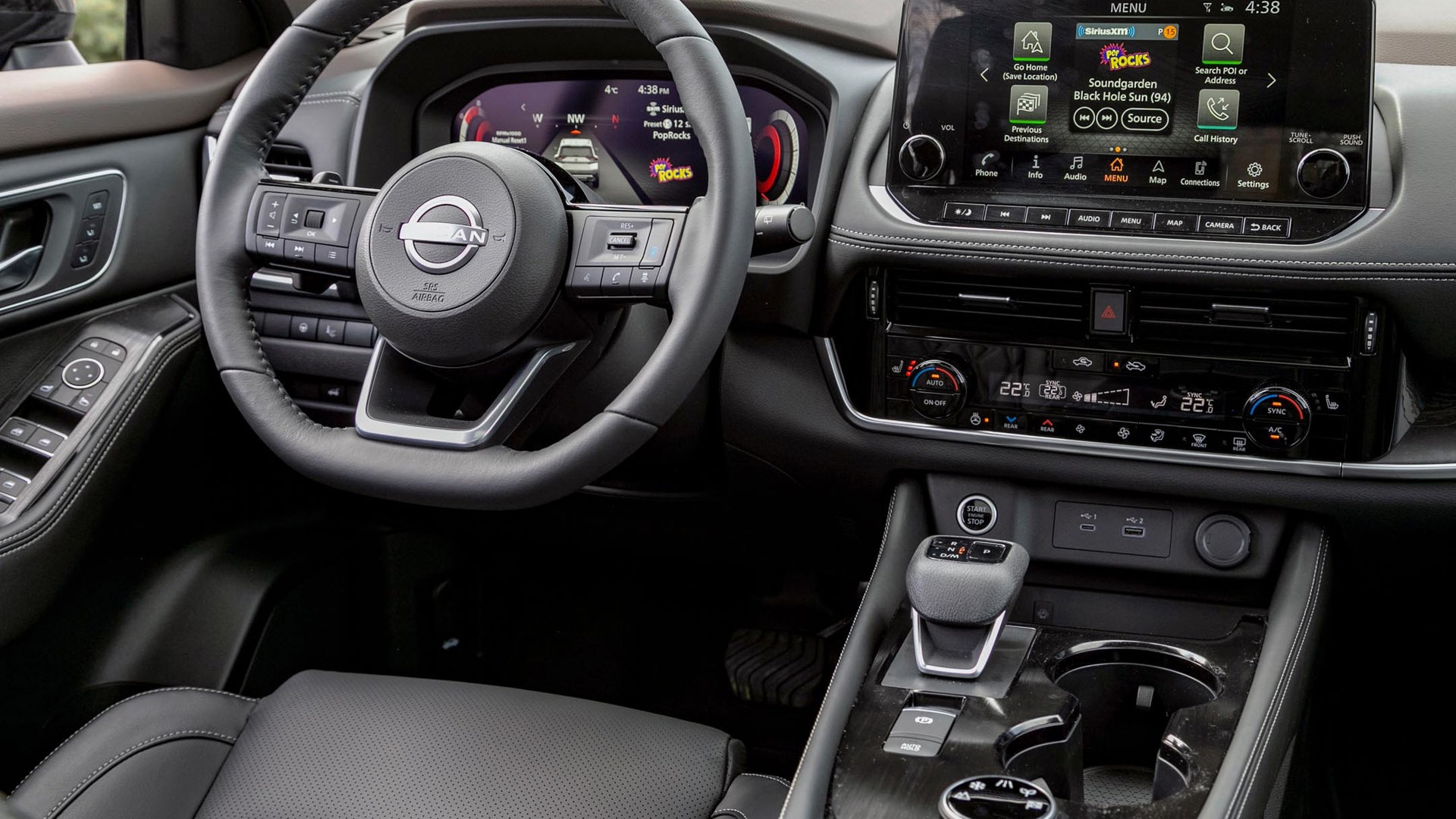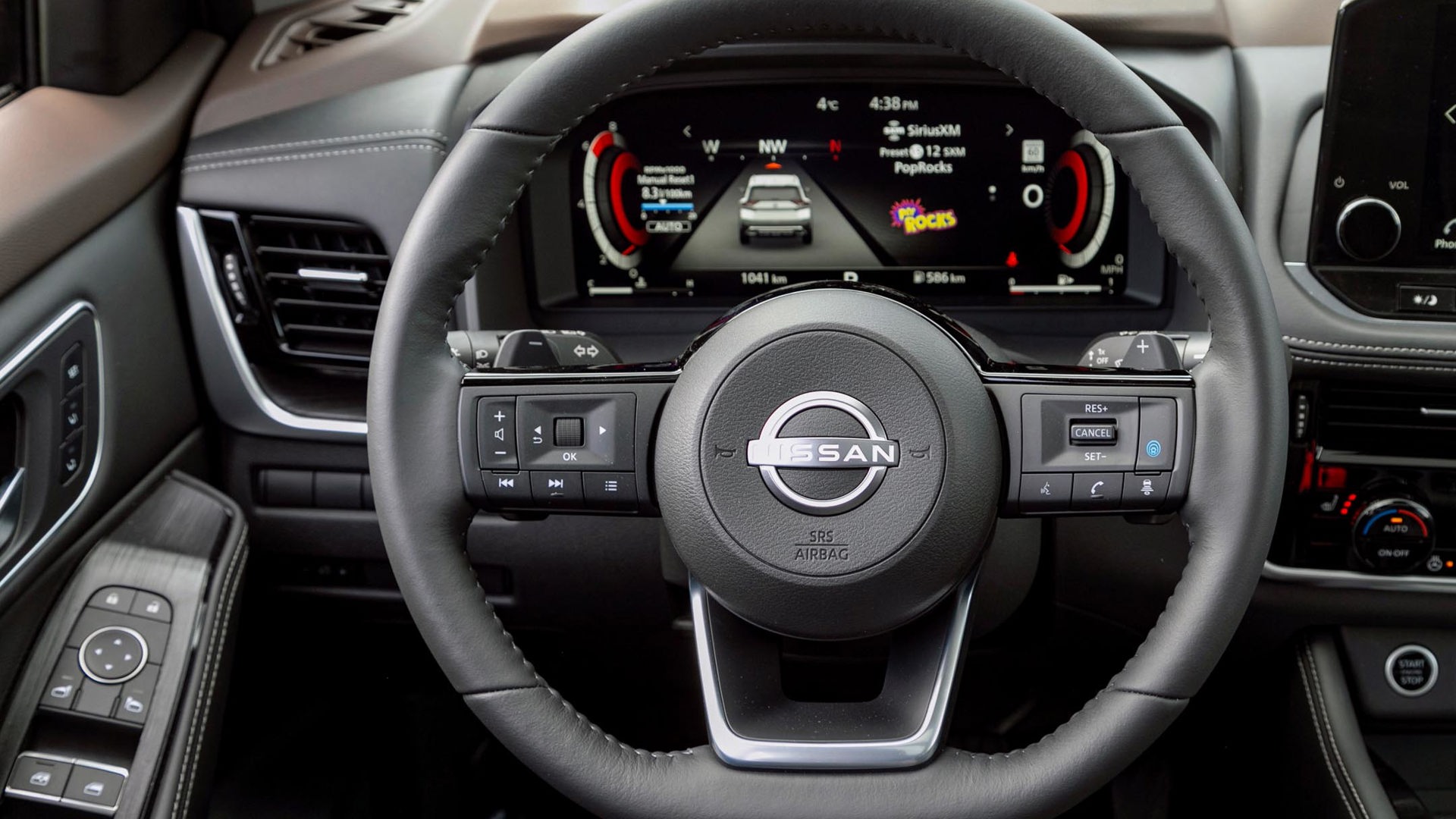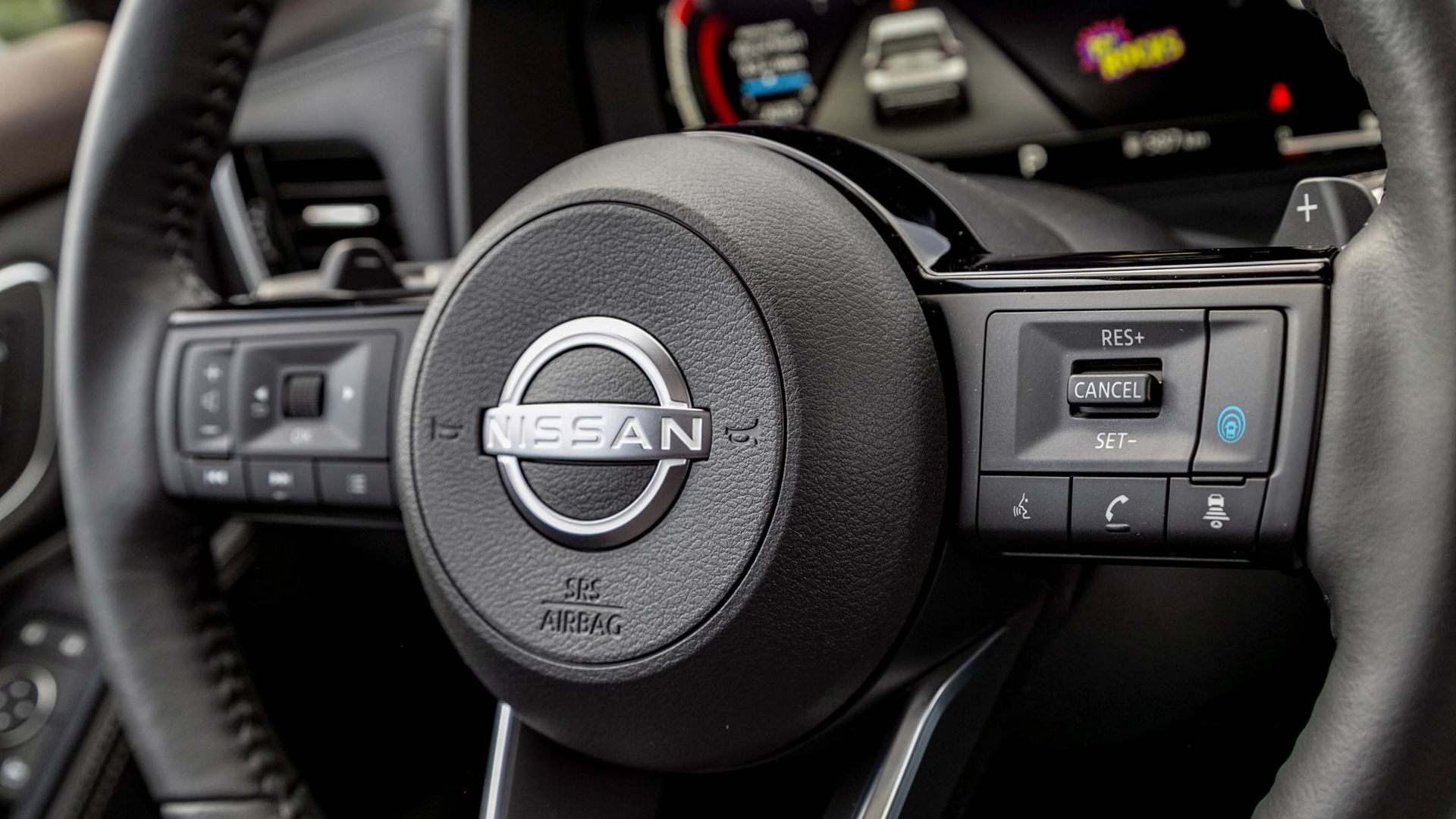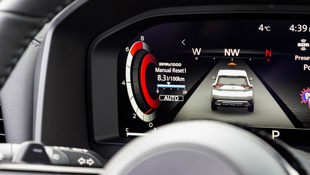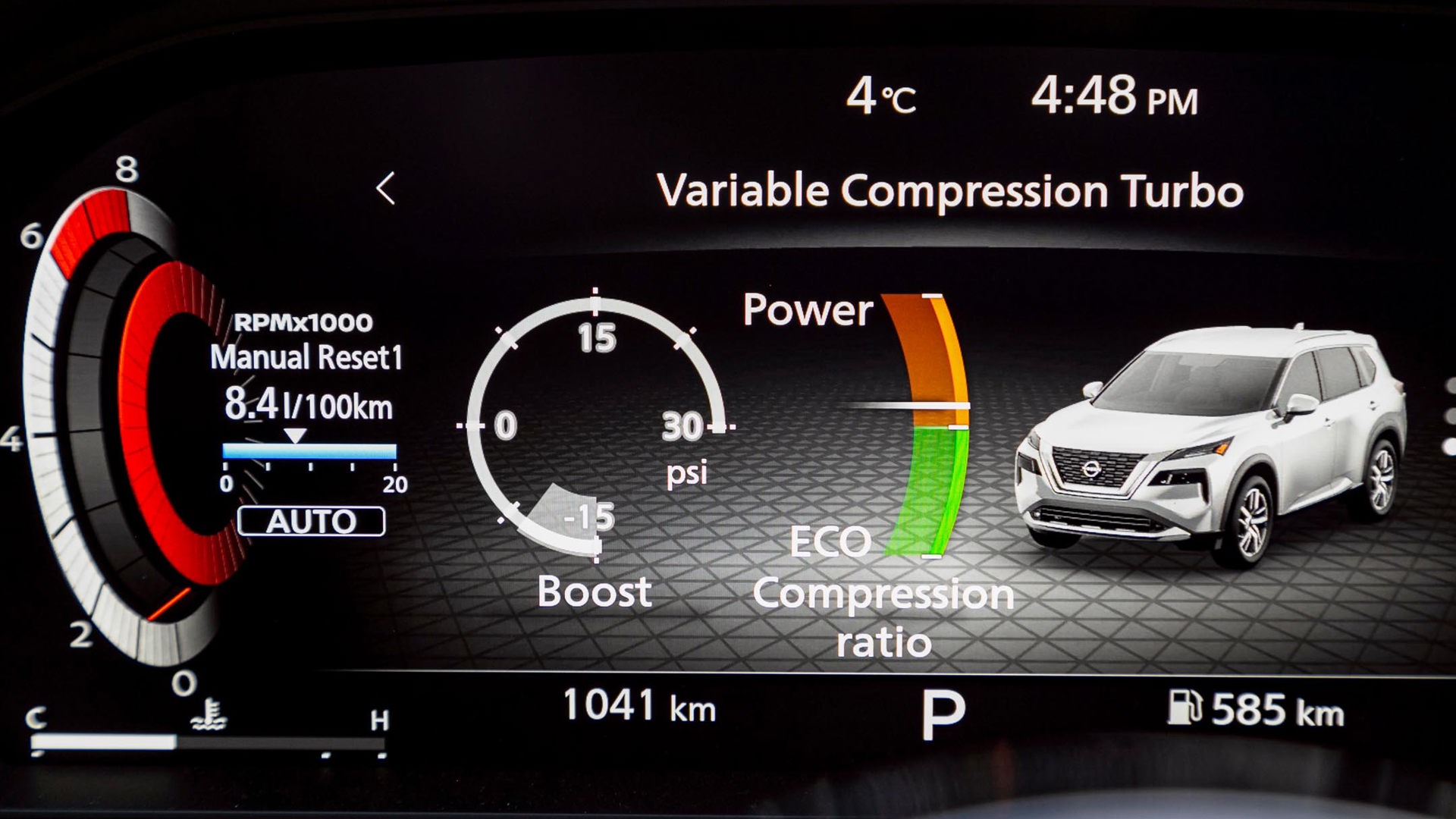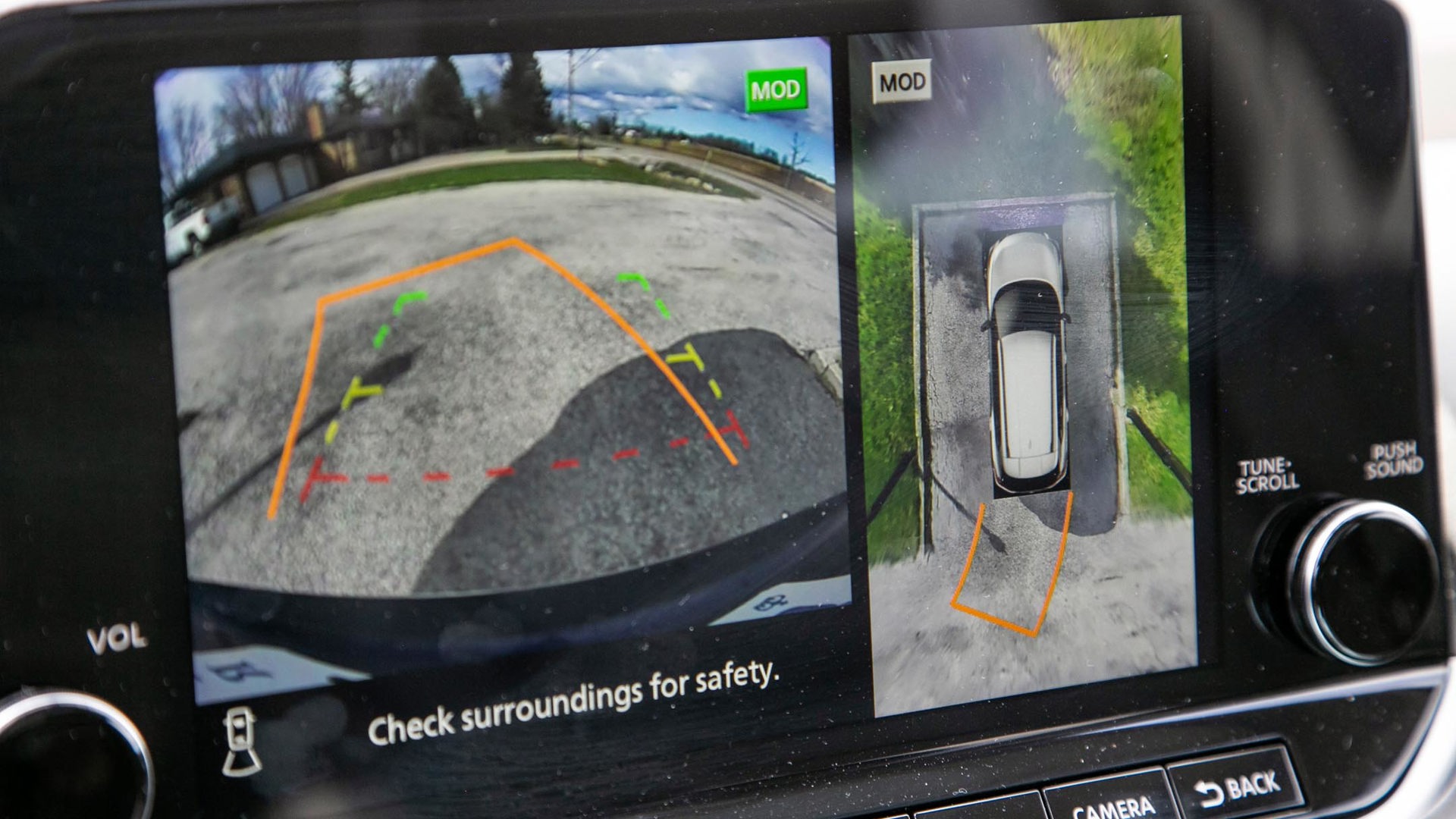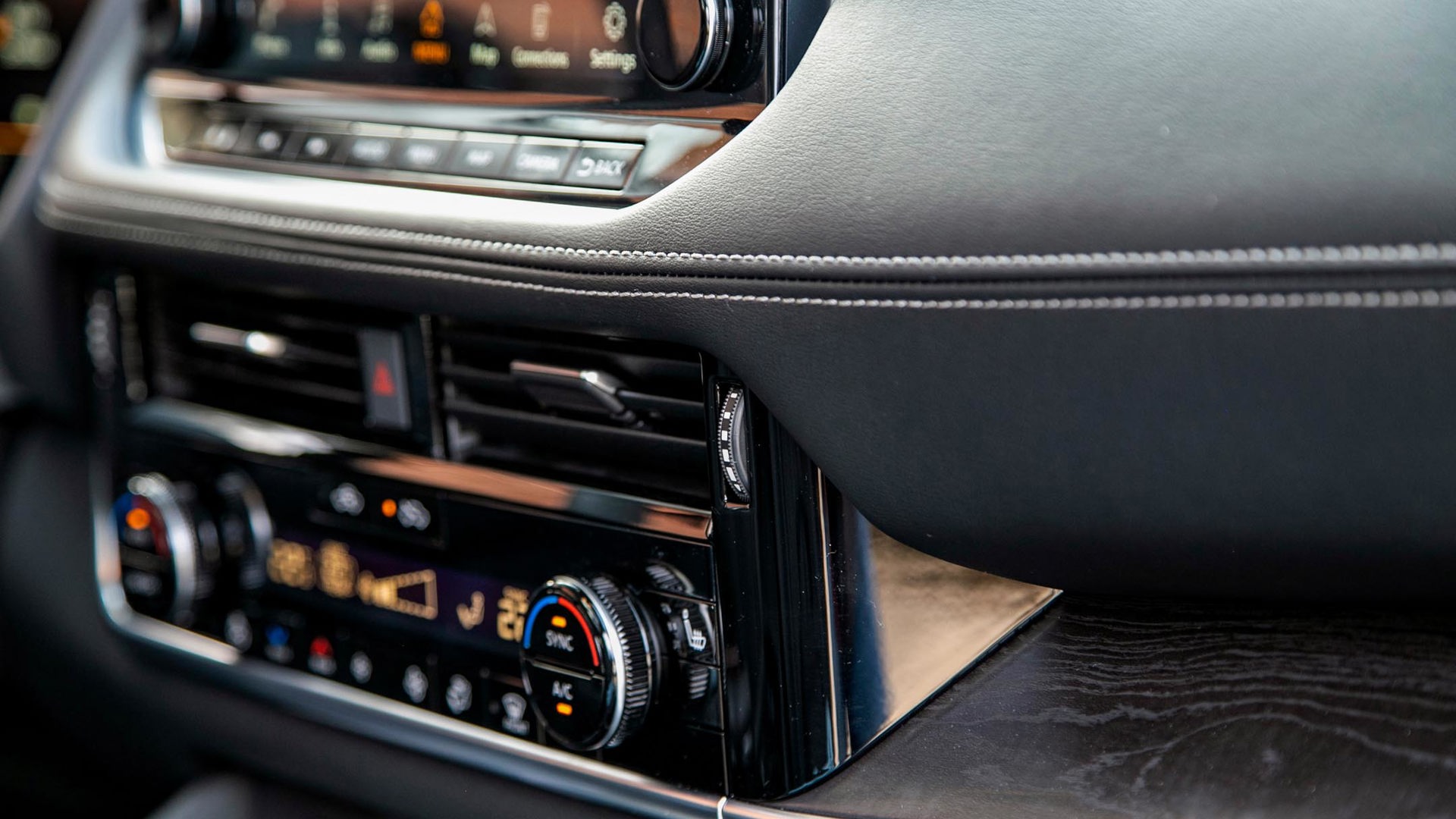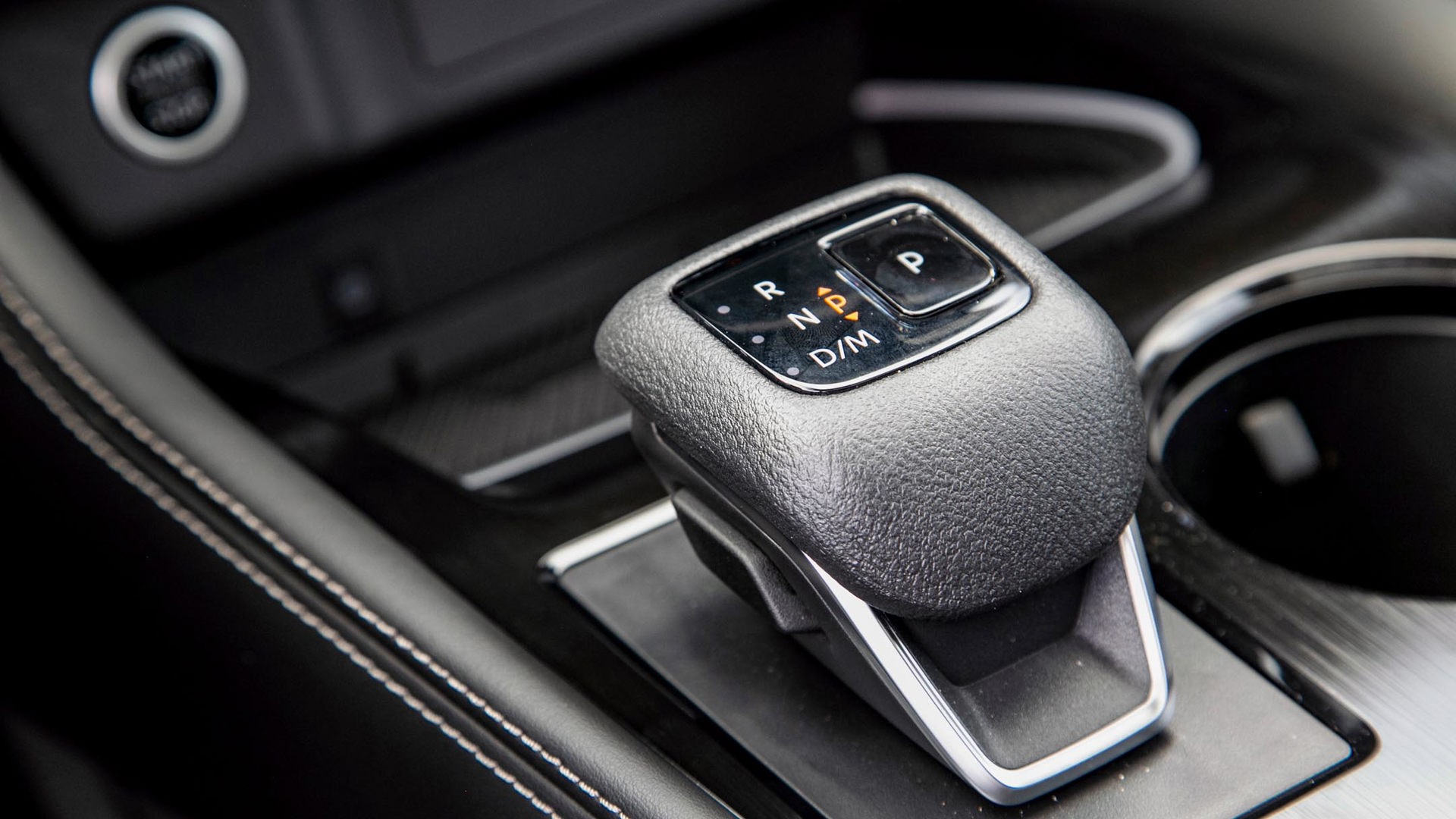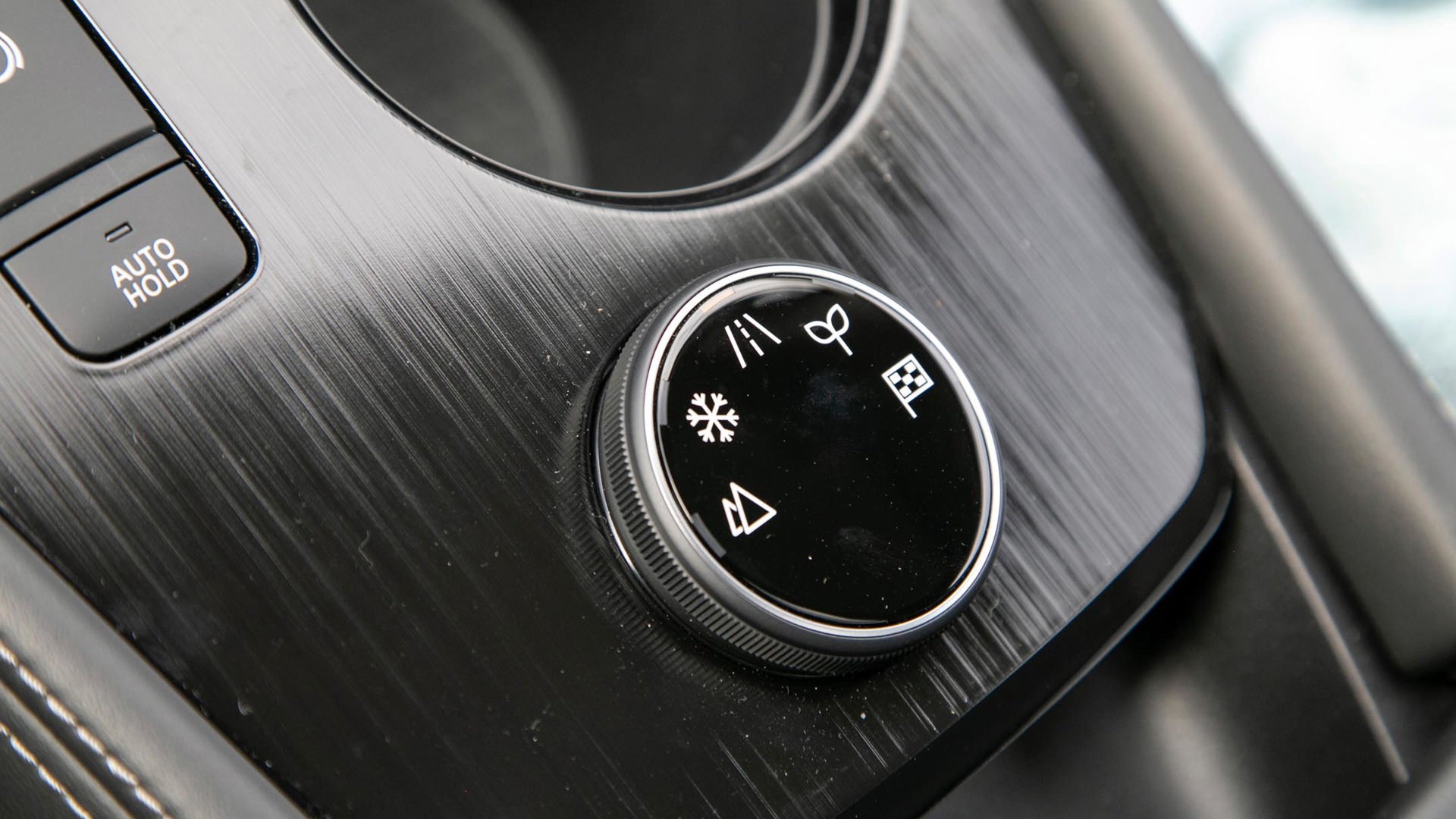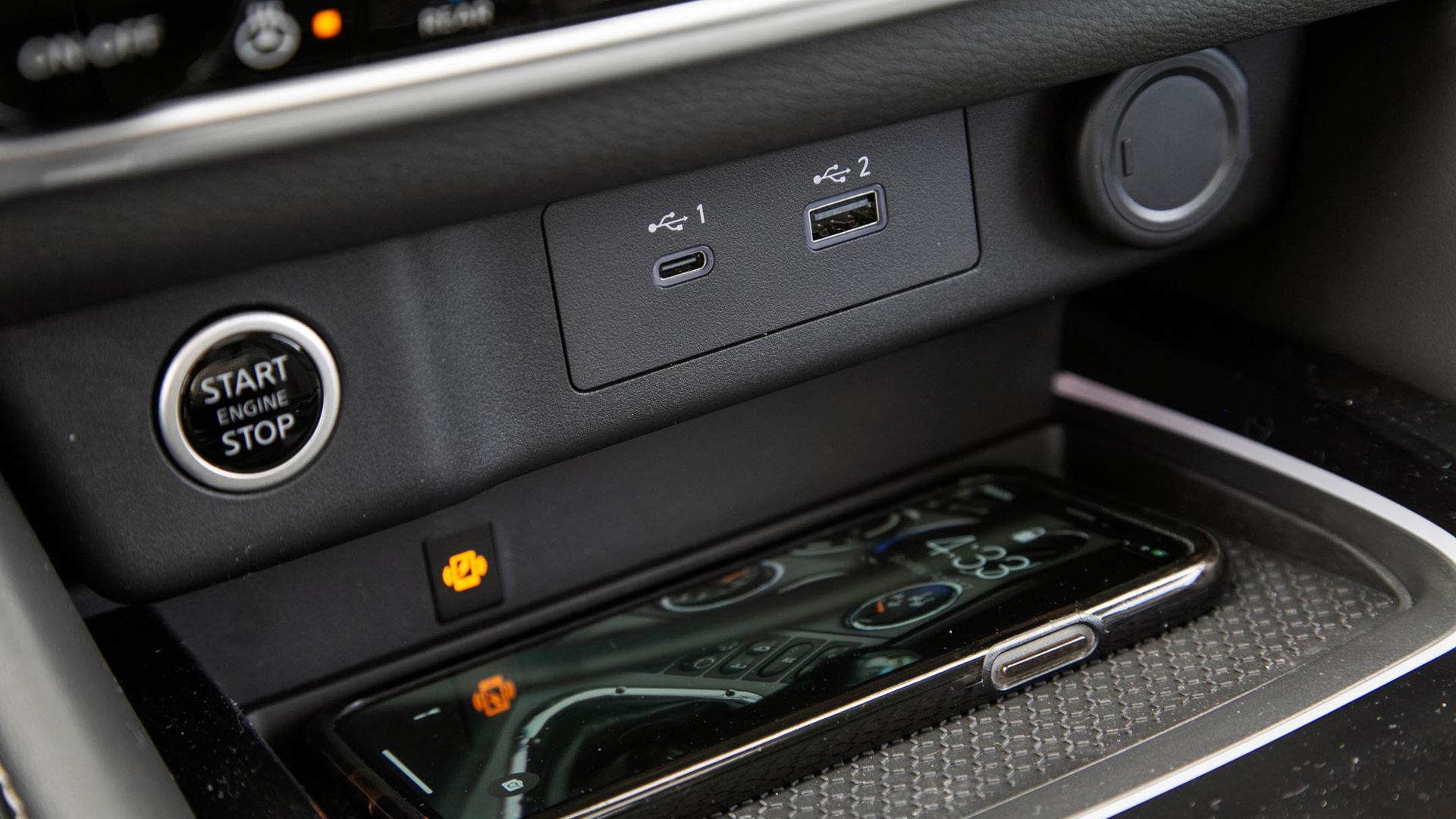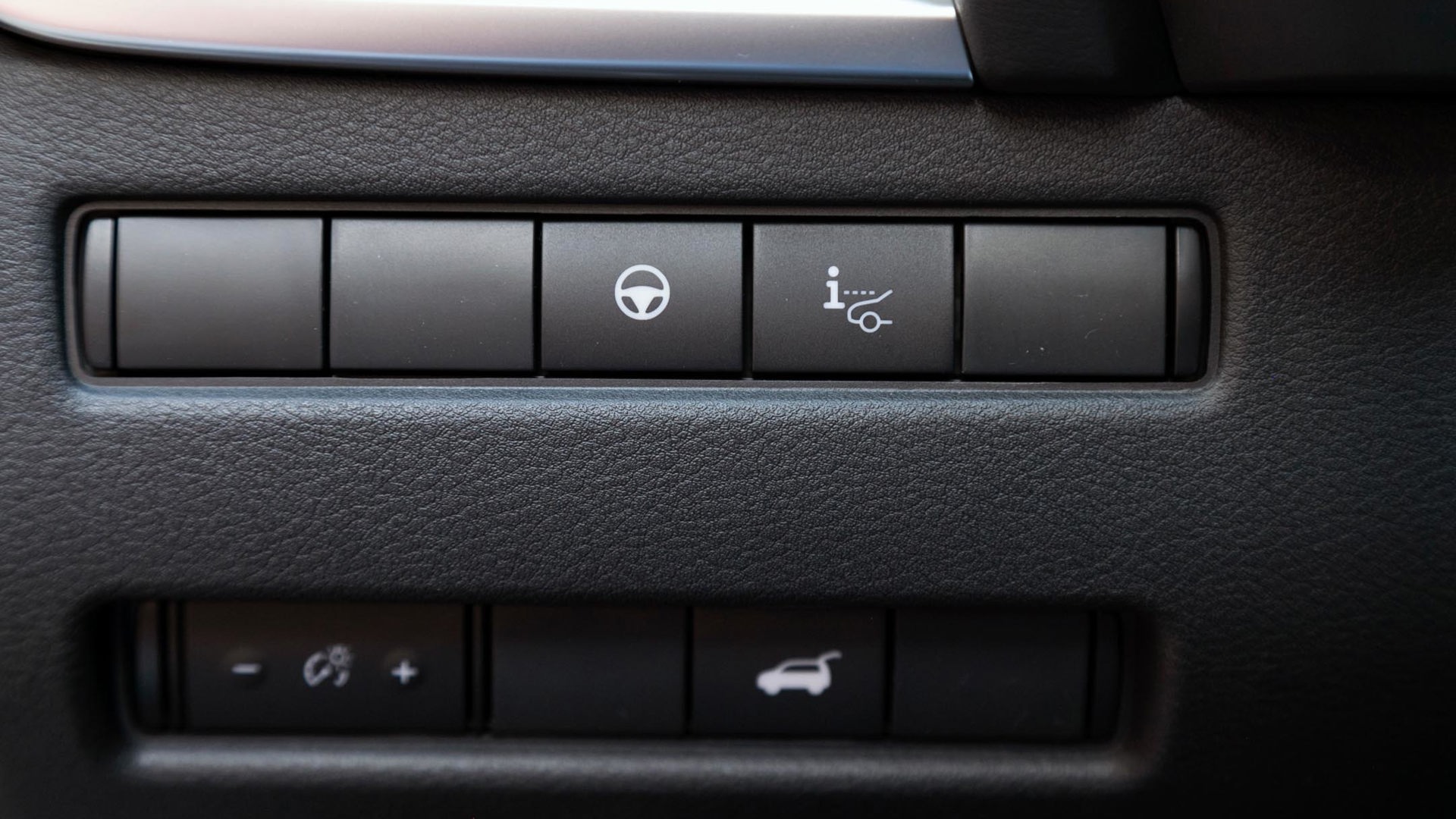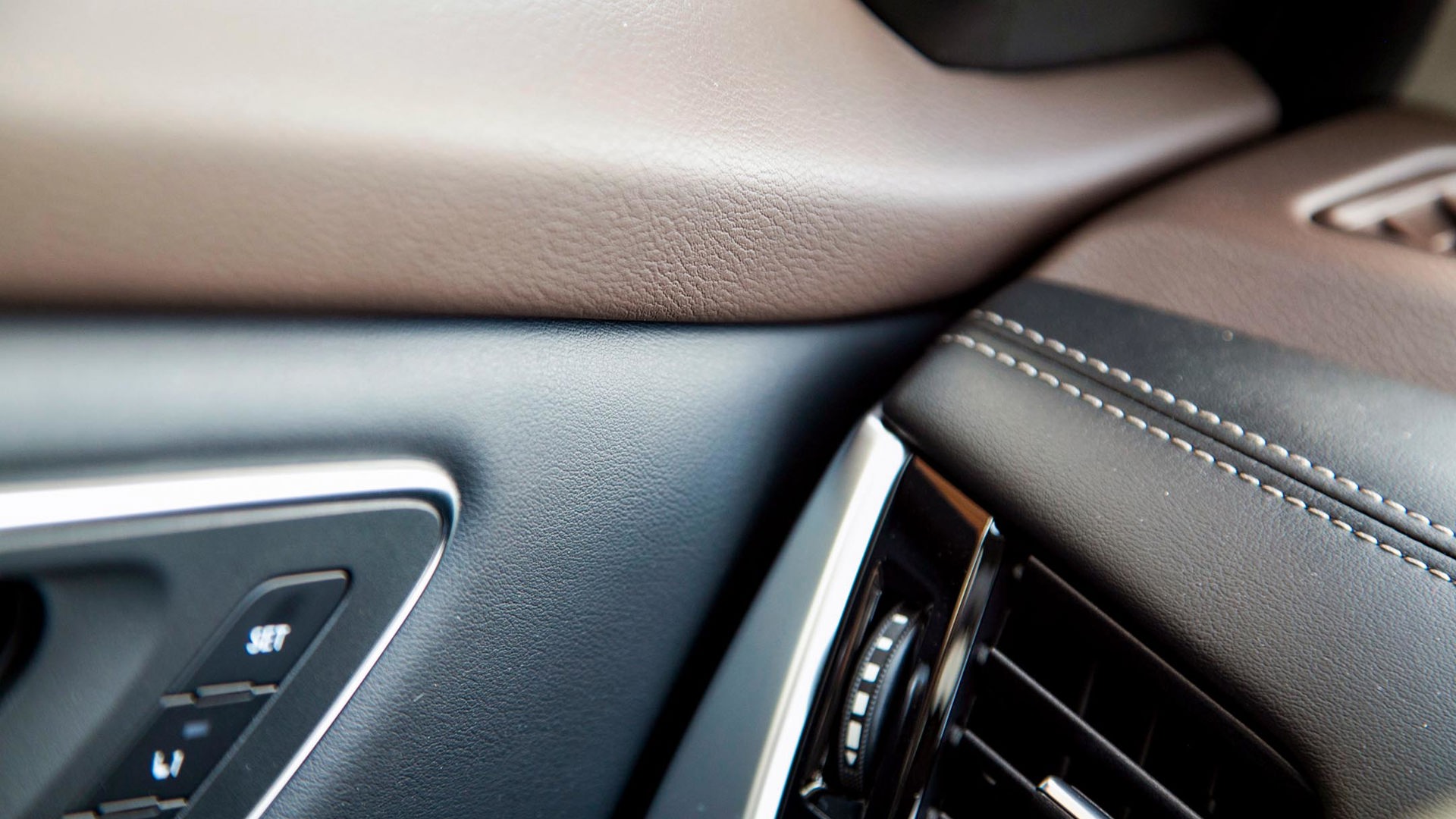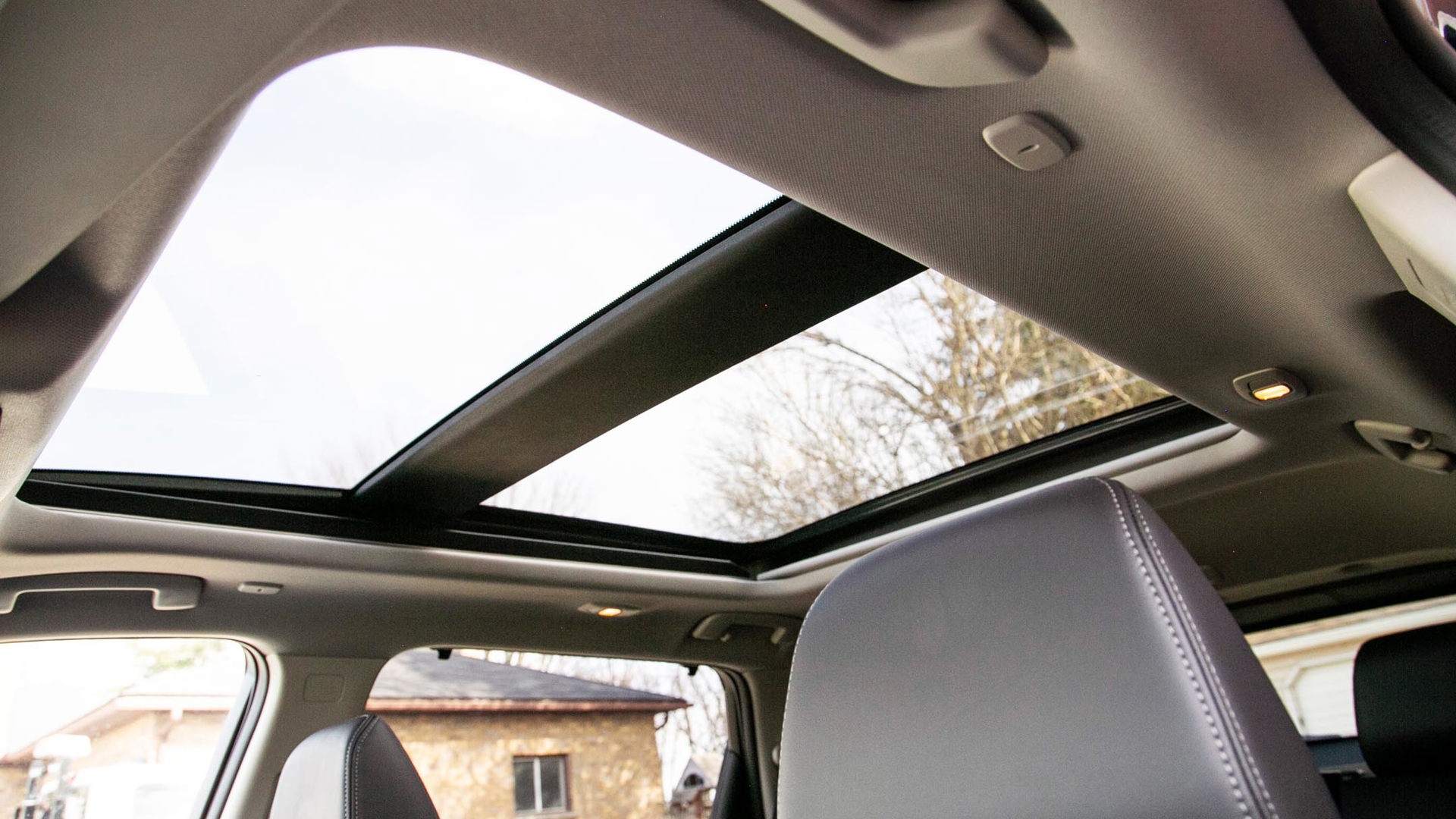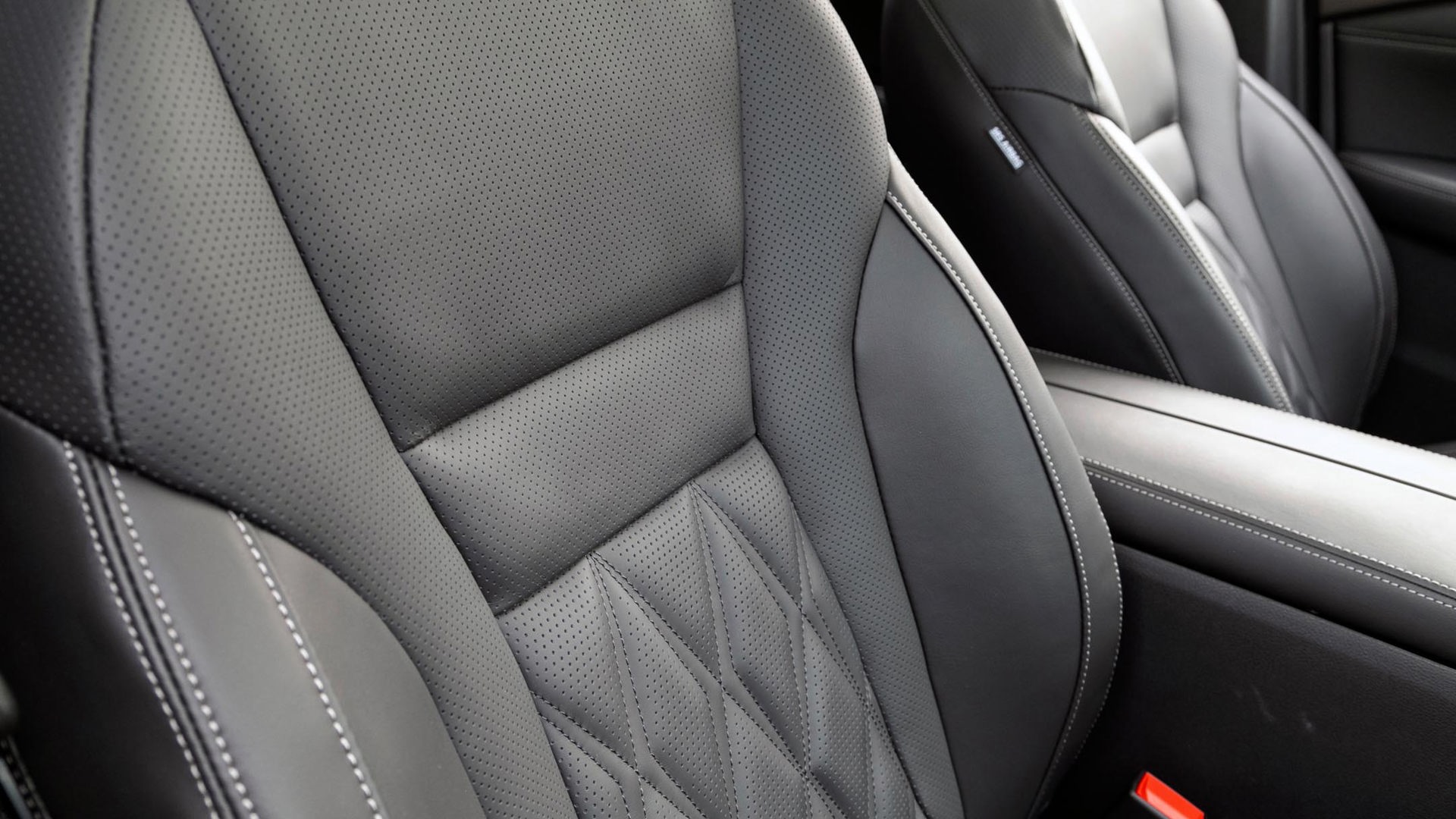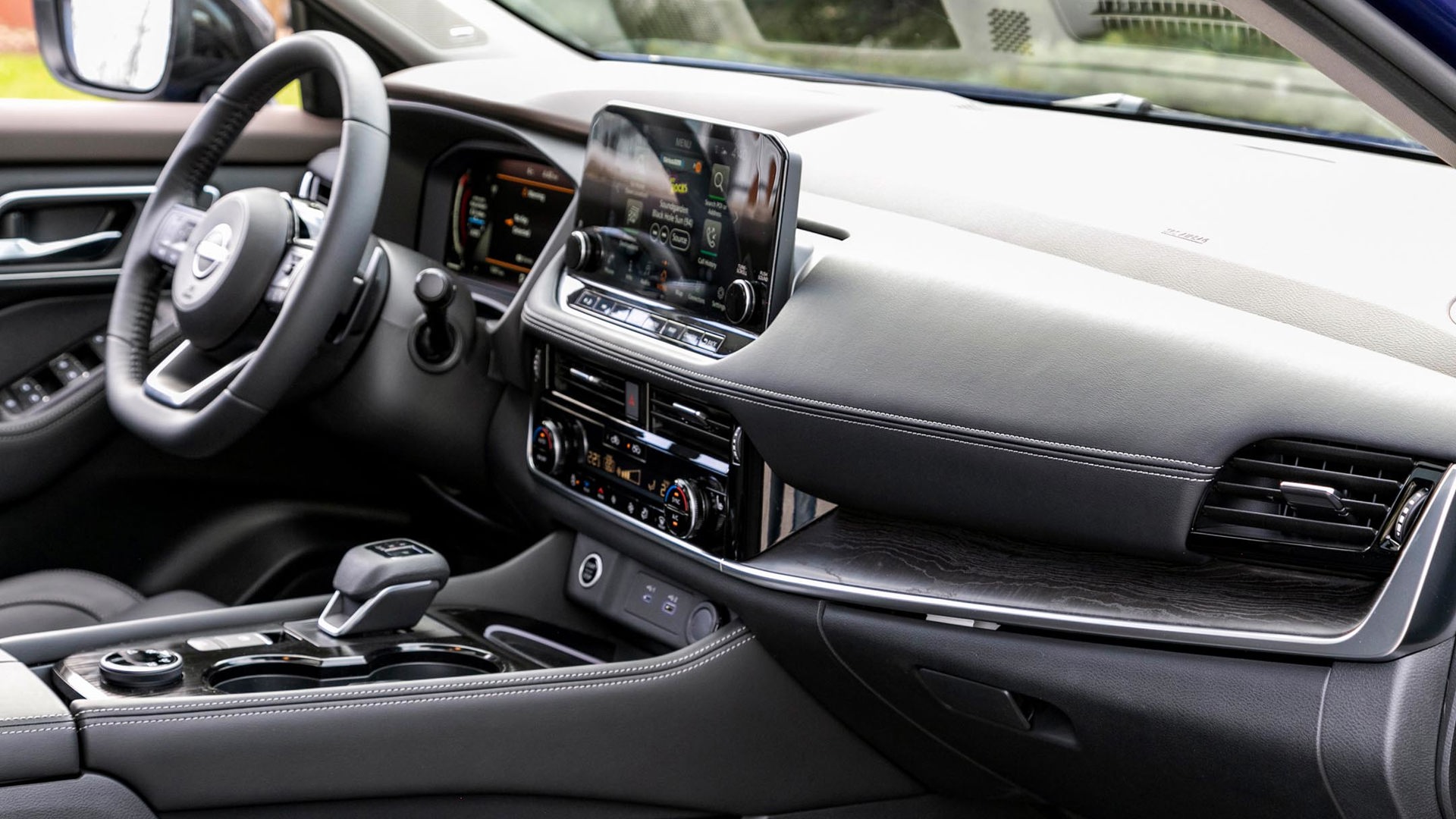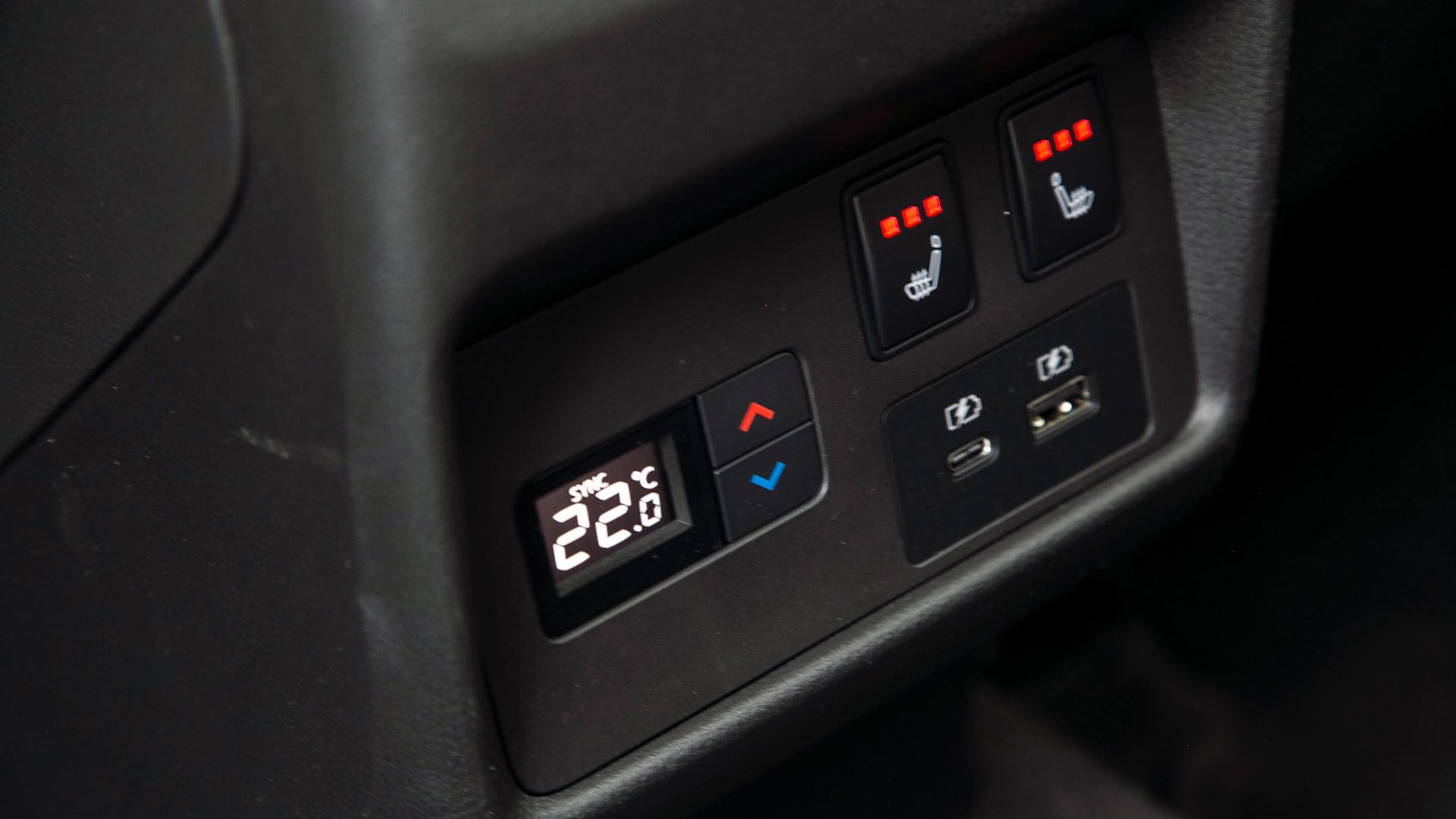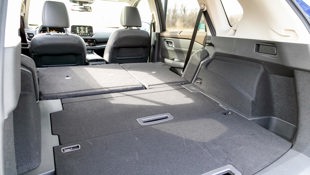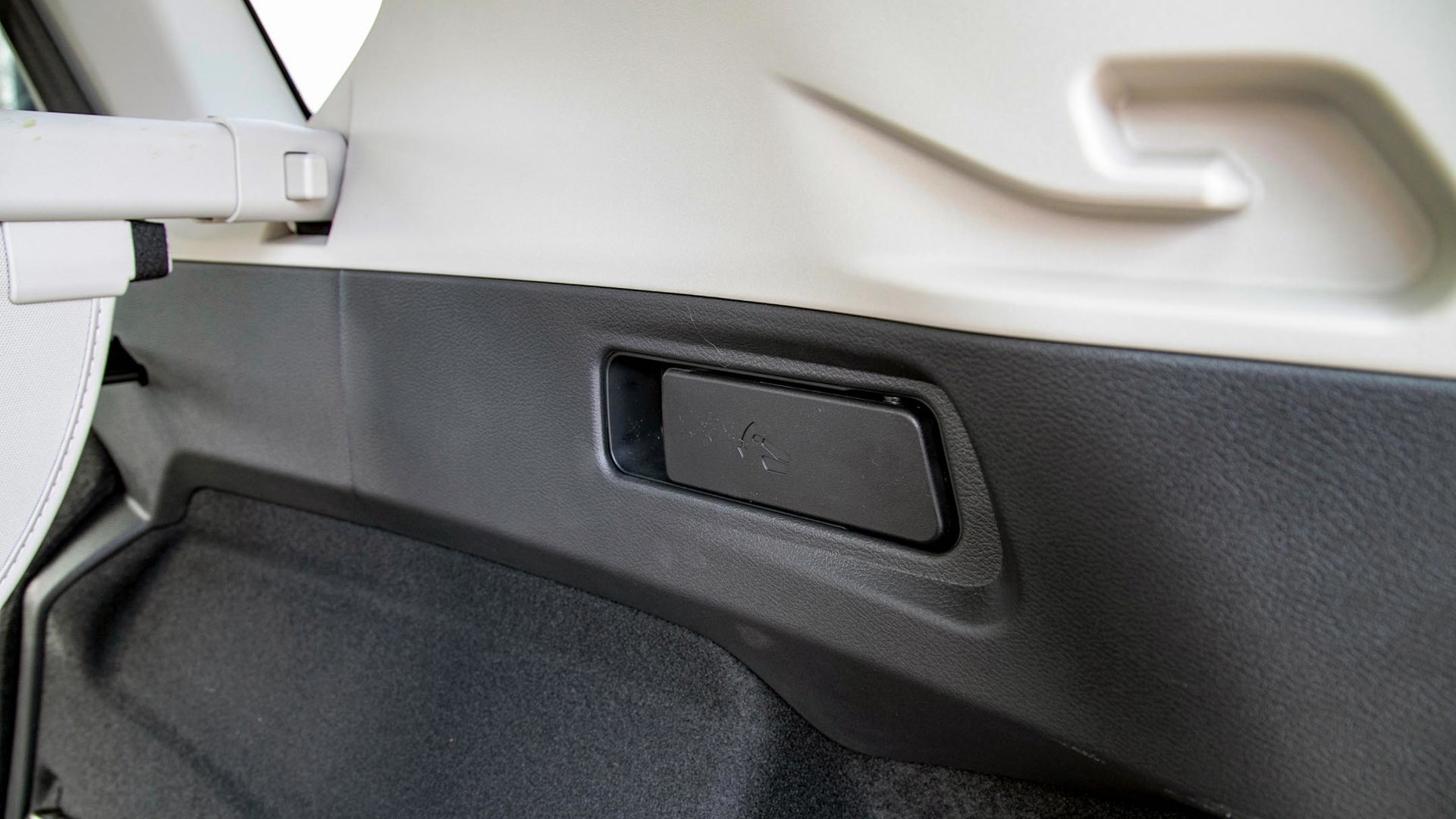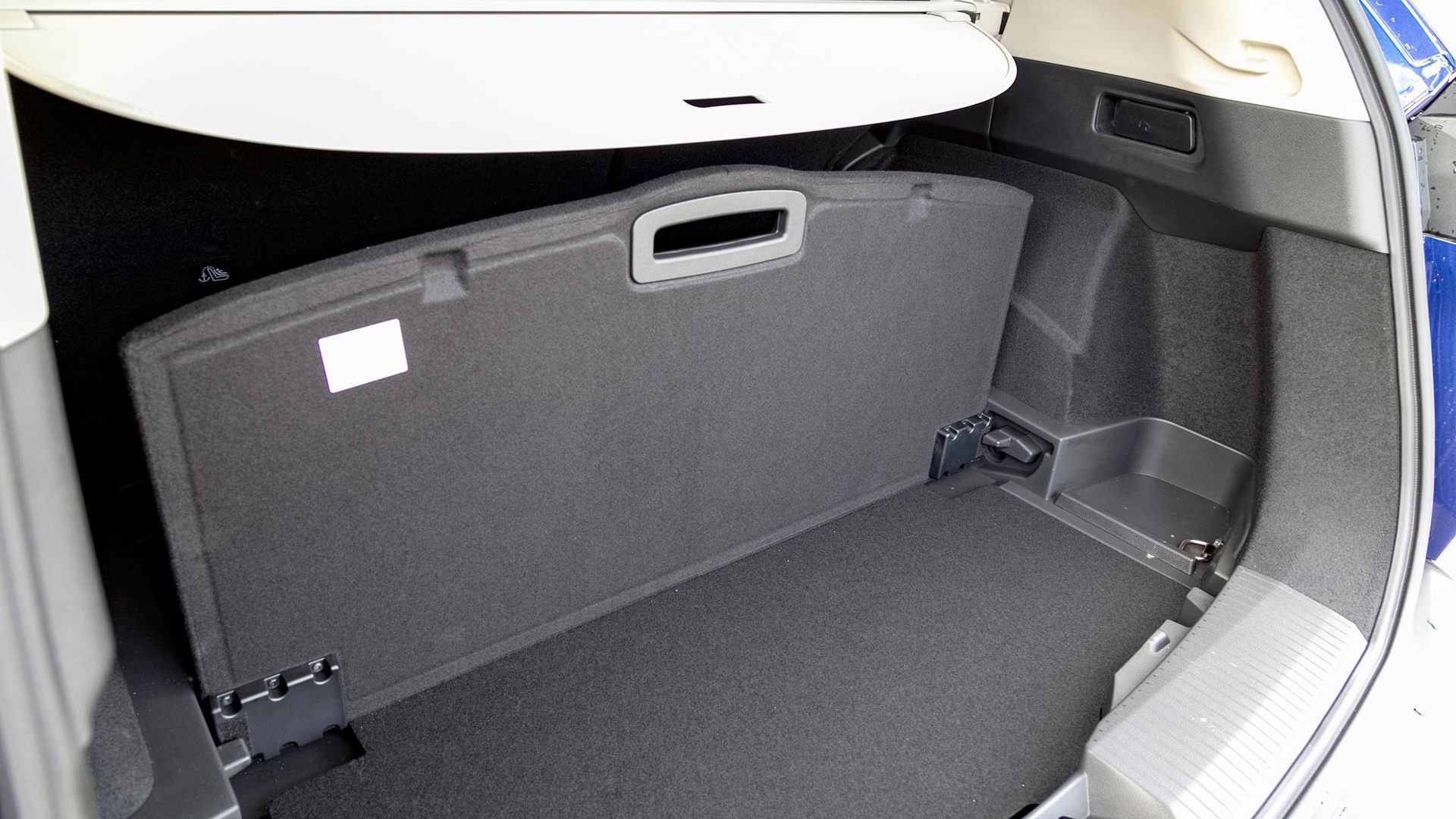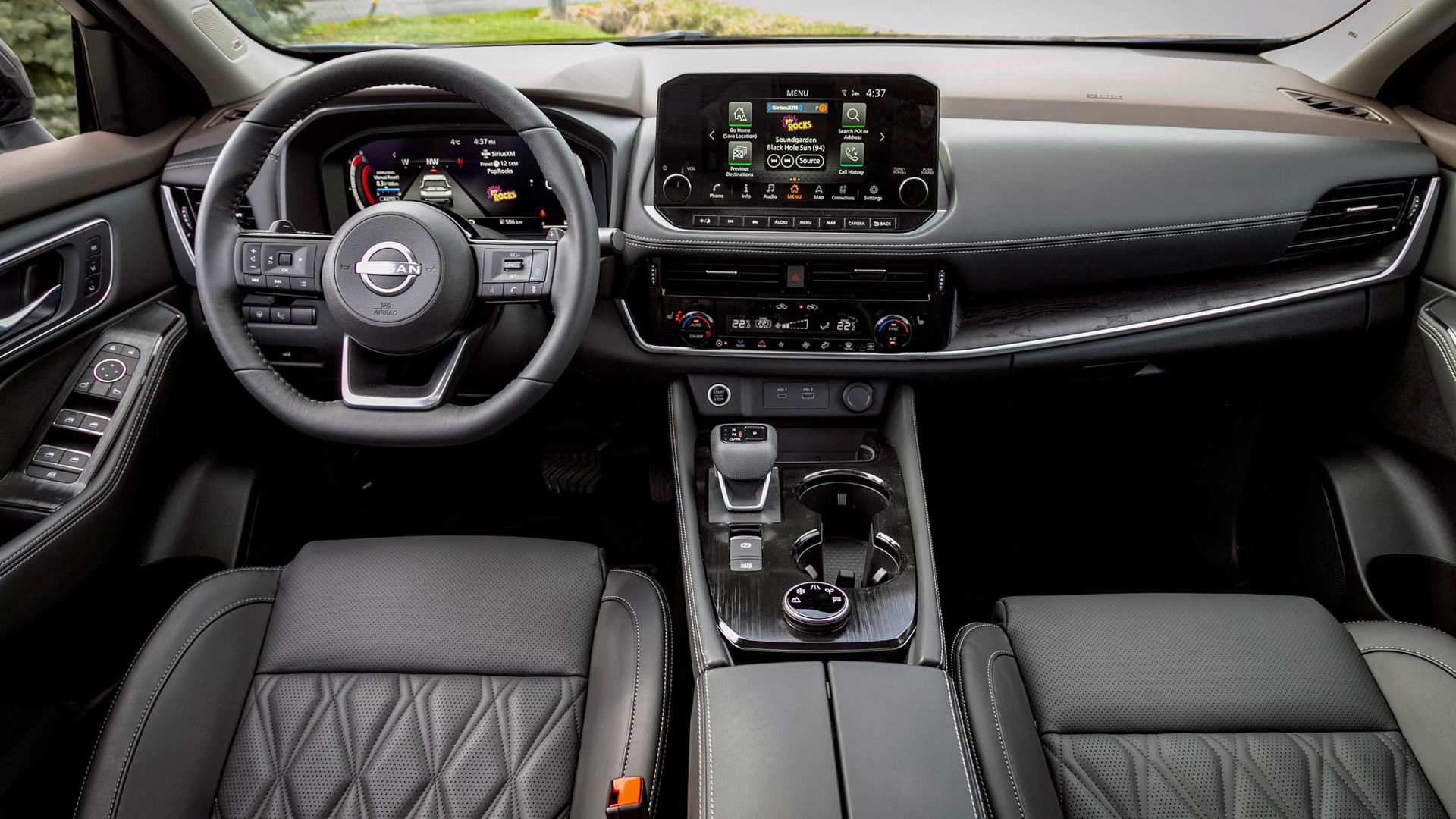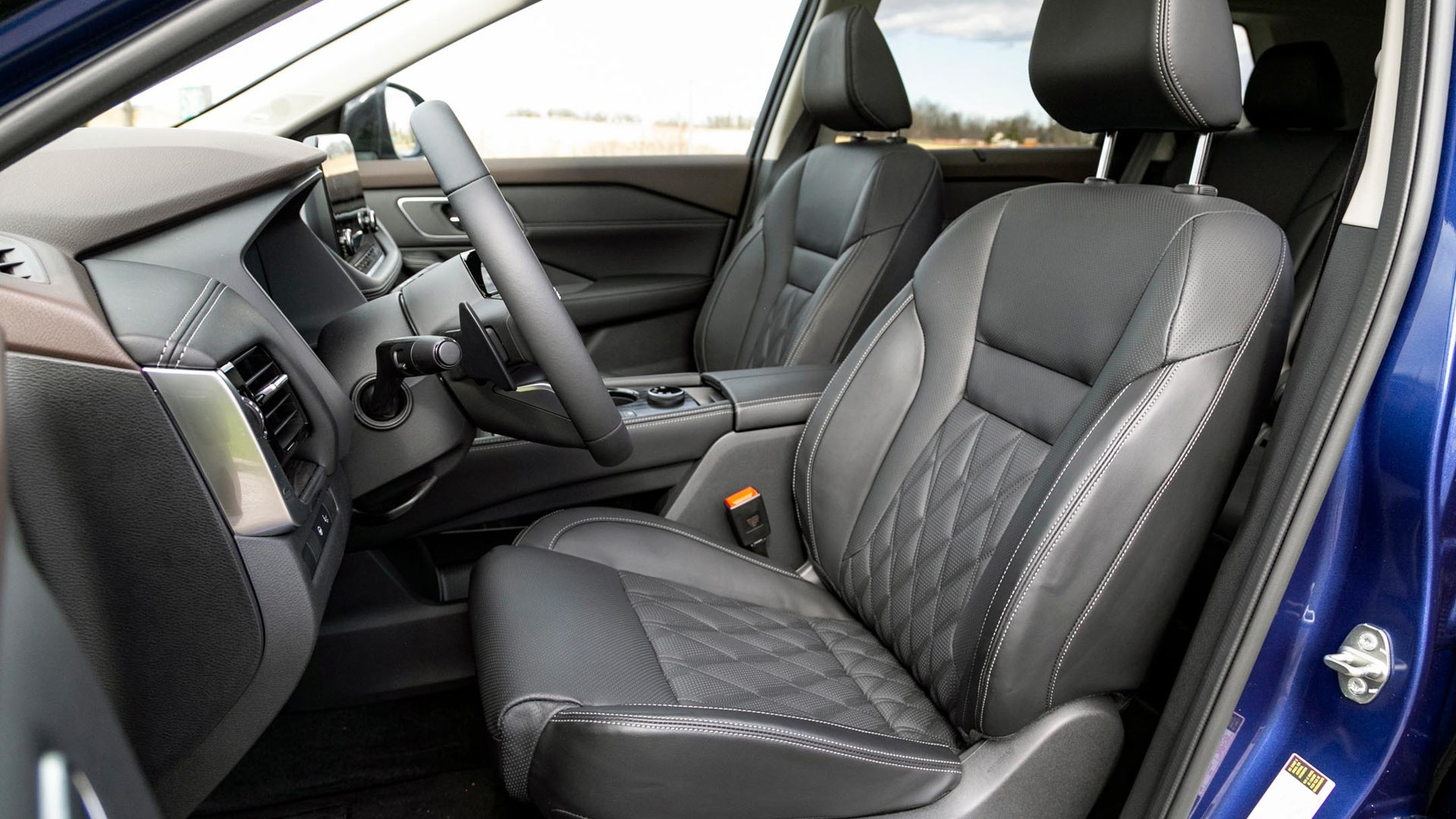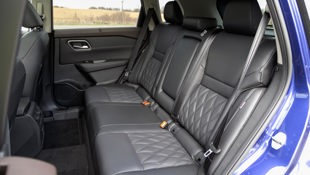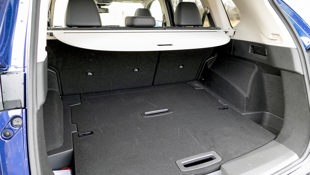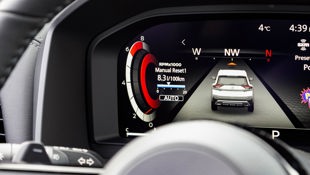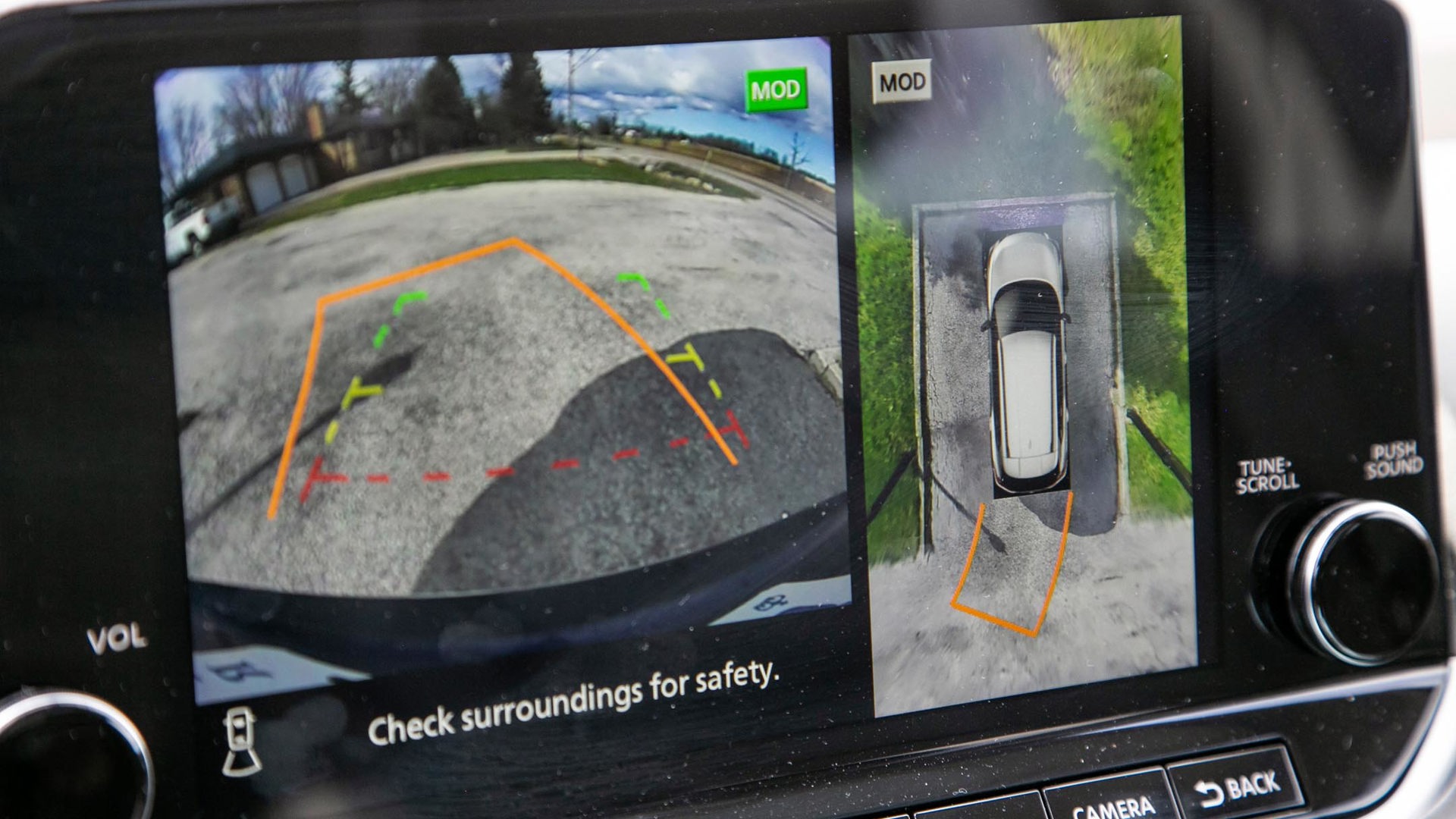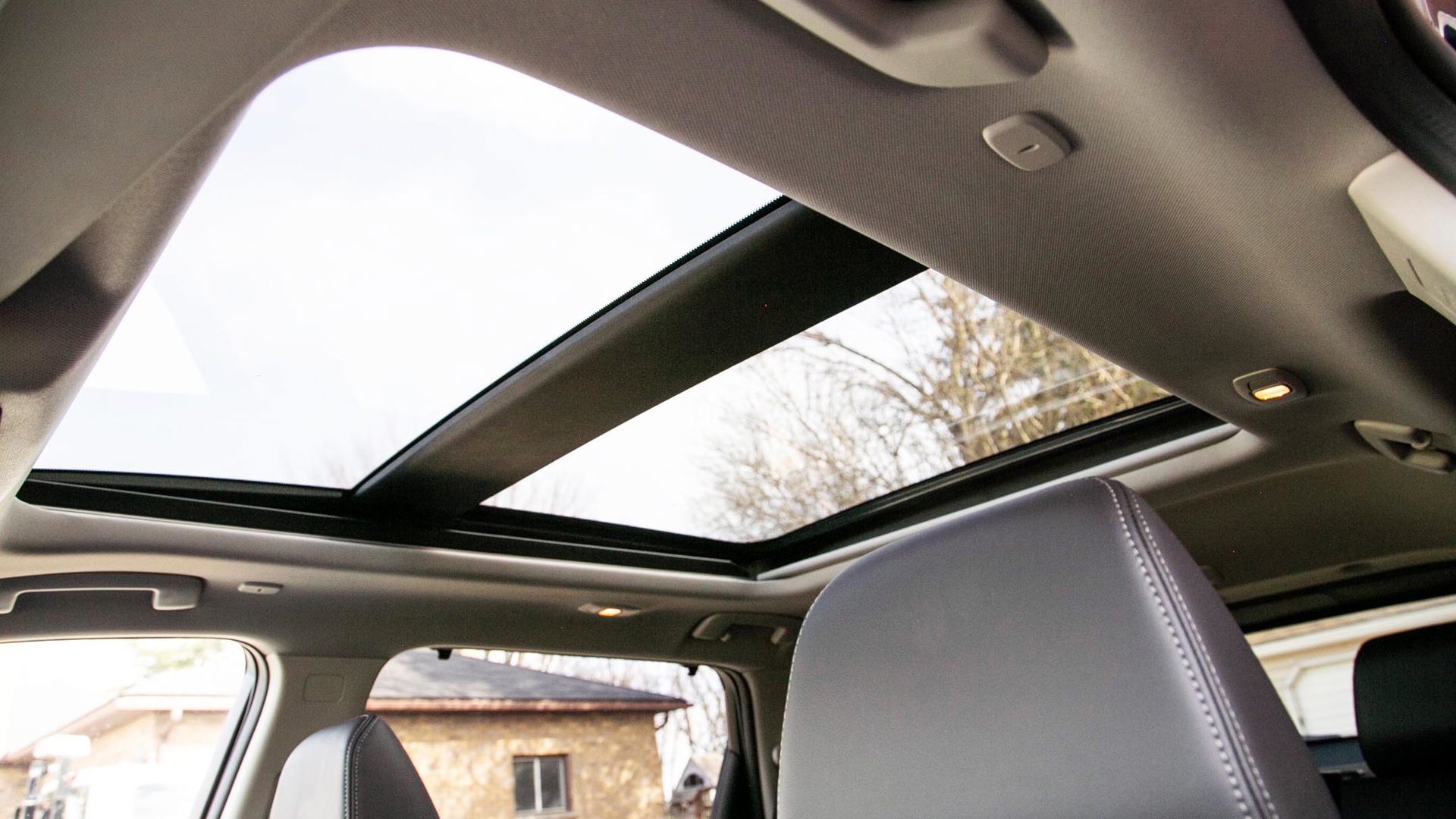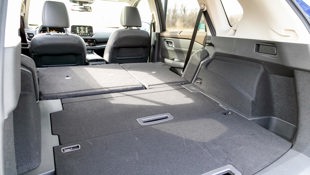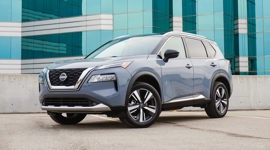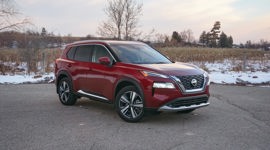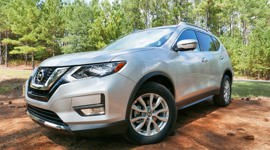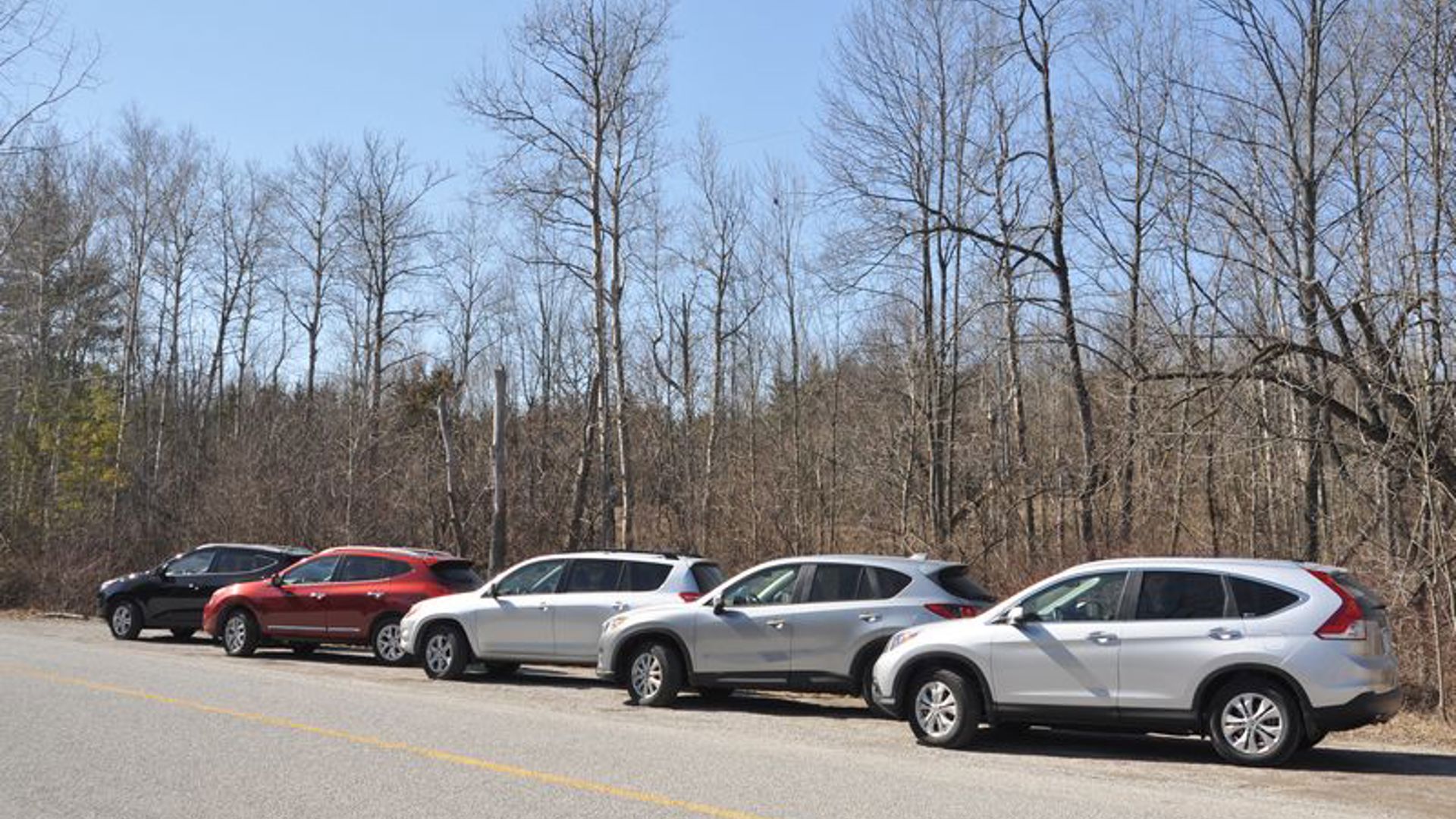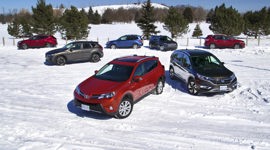 AutoTrader SCORE
AutoTrader SCORE
-
STYLING8/10
-
Safety7/10
-
PRACTICALITY7/10
-
USER-FRIENDLINESS9/10
-
FEATURES9/10
-
POWER7/10
-
COMFORT8/10
-
DRIVING FEEL7/10
-
FUEL ECONOMY7/10
-
VALUE7/10
The wildly popular compact crossover segment is splintering into so many variations, there truly seems to be something to tickle any buyer’s fancy.
Want something with impressive performance? There’s a small sport utility for that. Luxury? Yup. Hybrid? Turbo? Off-road-ready? Check, check, and check. Some entries out there even check more than one box, making them proper stand-outs in the segment.
The Rogue has been Nissan’s best-seller in Canada for years, largely based on its affordable pricing. Its popularity was bolstered by a recent redesign, the 2022 Nissan Rogue is now offered with a new turbocharged three-cylinder engine that improves performance and efficiency.
Power: 7.5/10
The entry-level Rogue still uses a naturally-aspirated 2.5L four-cylinder that makes 181 hp and 181 lb-ft of torque – a modest amount that aligns with plenty of competitors, but falls well short of some rivals. Now, despite dropping a litre in displacement and a quarter of its cylinder count, the turbocharged 1.5L that powers the rest of the lineup serves up a decent 201 hp and a very competitive 225 lb-ft of torque.
While those figures aren’t going to scare away the likes of the turbocharged Hyundai Tucson or Mazda CX-5, this Nissan provides plenty of oomph. The Rogue is snappy from a standing start, and even with a cargo hold full of heavy video gear, it provided ample passing power at highway speeds.
More surprising than the liveliness of the three-cylinder is how much Nissan has improved its automatic continuously variable transmission (CVT). Nissan’s engineers tweaked the transmission to be more responsive and better matched for the 1.5L engine, and unless you’re paying very close attention, you’ll be hard-pressed to notice that it’s not a traditional automatic. There’s greater responsiveness – heightened by the turbocharged engine, of course – and the simulated gear changes all but eliminate the moaning that used to be associated with Nissan’s CVTs of old.
Driving Feel: 7/10
Much like the drivetrain’s power delivery, the steering and suspension also occupy a middle ground in the segment. The steering offers more feedback and rewarding weightiness than one might expect in a family-friendly machine like this, but its road manners aren’t as polished as, say, the CX-5 or Volkswagen Tiguan when pushing into corners with some speed. There’s some notable body roll, but the suspension never seems to get tripped up, similar to the handling behaviour Subaru bakes into its SUVs, including the similarly sized Forester.
Fuel Economy: 7.5/10
While the shift to a smaller turbocharged engine makes the Rogue livelier than before, the efficiency improvements are more modest. The four-cylinder posts mid-pack consumption rates, and while the smaller engine provides a drop in its city rating – from 9.2 L/100 km to 8.4 – the highway and combined figures are only slightly better.
Turbocharged engines tend to be thirstier than their non-turbo counterparts in real-world conditions, and the observed overall average of 8.3 L/100 km for the week of mixed driving reinforces that. More telling, AutoTrader.ca Road Test Editor Dan Ilika achieved nearly the same overall consumption rate with the larger engine during a wintertime test.
While the Rogue’s efficiency is decent in the segment, models like this range-topping Platinum tester price up against hybrid offerings from other makes that provide notably better efficiency.
Features: 9/10
Nissan’s done a good job of loading up the Rogue with niceties, especially in the top-level Platinum trim with its quilted leather seats, head-up display, wireless smartphone charging, and premium sound system. But even the most affordable trim, at a little more than $30,000 with freight, comes with an impressive content list including heated front seats and a heated steering wheel, Apple CarPlay and Android Auto connectivity, and an eight-inch touchscreen. Mid-level trims get a panoramic sunroof, rear heated seats and sun shades, and a power tailgate, among others.
User Friendliness: 9/10
The Rogue Platinum presents information on a larger nine-inch touchscreen infotainment system, a head-up display, and a 12.3-inch digital gauge display with a configurable set up. However, some of the layouts offer a dizzying amount of information and graphic images thrown at the driver, including a tachometer and speedometer in an odd hamster-wheel format, while others feature a more traditional look.
Beyond that, the Rogue should be celebrated for its easy smartphone integration (wireless for Apple CarPlay with the larger touchscreen) and menu system navigation. Better still, Nissan still uses good old-fashioned knobs for volume and tuning, plus temperature controls. And there are actual buttons for all of the often-used features like seat and steering wheel heat, plus sensible steering wheel buttons. Hopping in and figuring out the Rogue’s controls – even in the most tech-laden models – requires neither a computer engineering degree, nor an entire weekend spent studying the owner’s manual.
Outward visibility is great, and the bird’s eye camera view helps make safe and perfectly-placed parking a snap.
Comfort: 8/10
The quilted and perforated leather seats in this Platinum tester offer decent bolstering, and while the seat bottoms are shorter than long-legged drivers might like, Nissan’s so-called zero-gravity construction offers impressive anti-fatigue support during long drives. No seat cooling or massaging function options are available in the Rogue, though.
Nissan is prioritizing front-seat occupant comfort over those in the back, giving those up front better-than-average head- and legroom, but rear seat dimensions that fall short of the key competitors’ measurements – albeit fractionally in each.
Road and wind noise are decently suppressed, but the three-cylinder becomes fairly vocal when prodded, sending both noise and vibration into the cabin. The Rogue’s ride quality is somewhat compromised with the Toronto area’s potholes being more pronounced than in some of the competitors’ models. I suspect the smaller 17- and 18-inch wheels of lower Rogue trims would provide more tire sidewall flex than the bigger 19’s found on the Platinum tester, improving the ride as a result.
Practicality: 7/10
On paper, the Rogue’s cargo carrying space, at 1,028 L with the rear seats up and 2,064 L with them folded, falls short of the dimensions available in the Tiguan, Tucson, Honda CR-V, and the new Kia Sportage, but not by much. Practically, though, the Rogue’s rear seats not only fold flat, creating a broad and expansive area, but they also drop easily with pull levers situated in the cargo area. What’s more, there’s a false floor in the cargo area that expands the available depth, and it can be flipped up to segment the space, useful to prevent groceries from rolling all around the cargo area.
Like others in its class, the Rogue offers seatbelts for three across the back. Of note, the rear doors open exceptionally wide, making loading and unloading into the back seat quite easy, but they also mean eager occupants can swing the doors wider into a neighbouring car.
The Rogue’s maximum tow rating of only 612 kg (1,350 lb) is less than most of its competitors’ max of 680 kg (1,500 lb), and much less than the Tucson’s 907 kg (2,000 lb) or the Jeep Cherokee’s 2,041 kg (4,500 lb).
Safety: 7/10
Nissan does a good job of including important safety functions in every Rogue, like blind-spot monitoring with rear cross-traffic alert, forward collision warning and braking with pedestrian detection, low-speed reverse automatic emergency braking, and automated high-beam control on the standard LED headlights.
Still, front and rear parking sensors, adaptive cruise control, and lane intervention require shopping for higher trim levels. In Platinum and SL trims, the active driver aids work in conjunction with the navigation system to help keep the Rogue safely within its lane, also adjusting speeds to account for curves or off-ramps.
The Insurance Institute for Highway Safety (IIHS) gives the Rogue a Top Safety Pick+ rating, however, the not-for-profit noted in the side collision tests that both front and back, the dummy’s head came in contact with the window or pillar. The United States National Highway Traffic Safety Administration (NHTSA) gives the Rogue a five-star result from its side crash test, but rates the Rogue four out of five stars overall.
Styling: 8/10
Nissan’s designers have given the Rogue a look that’s well-proportioned and contemporary. The blue paint on this tester was deep and beautifully applied, and the chrome accents tastefully minimized. Still, the squinty-eyed LED running lights placed above the headlights appear derivative of the current Hyundai Santa Fe, which itself seemed to crib the look from the Jeep Cherokee from a few years ago. It’s a class of largely look-alike machines anyway, and the Rogue, if not original, is at worst inoffensive and at best subtly handsome.
Inside, Platinum-trim Rogues look decidedly upscale thanks to plenty of soft-touch surfaces, high-quality leather, and two-tone trims (brown and black in this example, with the tan and black option being particularly fetching). While some competitors, like the new Sportage and Tucson, utilize larger screens and haptic controls, the Rogue’s style is more traditional.
Value: 7/10
The Rogue starts at just over $31,000 before tax but including freight – but that’s for front-wheel drive and the four-cylinder engine. Each of its major competitors start in the same neighbourhood. Commendably, Nissan offers a very simple trim-line walk, stepping up through SV, SL, and Platinum variants, each getting increasingly more equipment, without à la carte options or pricey packages to add.
At $44,278 with the $1,880 freight charge included, the Rogue Platinum is well equipped with luxury and technology, and measures up very closely with Toyota’s RAV4 Limited, and Mazda’s more powerful CX-5 Turbo. Hyundai’s Tucson Ultimate Hybrid offers comparable luxury and performance, and appreciably better fuel efficiency for less money, making the Nissan appear a less impressive value. The SL trim is perhaps the most compelling Rogue with much of the top trim’s luxury for a few grand less.
The Verdict
Nissan made some dramatic improvements to its already very popular compact crossover last year. The introduction of the more powerful and efficient 1.5L turbo engine makes a good SUV even better. It should be enough to keep the 2022 Rogue a popular choice amongst Canadian shoppers for the near future, however, while decent in many respects, it’s not a leader in any.
| Engine Displacement | 1.5L |
|---|---|
| Engine Cylinders | Turbo I3 |
| Peak Horsepower | 201 hp @ 5,600 rpm |
| Peak Torque | 225 lb-ft @2,800–4,000 rpm |
| Fuel Economy | 8.4 / 6.7 / 7.6 L/100 km cty/hwy/cmb |
| Cargo Space | 1,028 / 2,064 L seats up/down |
| Model Tested | 2022 Nissan Rogue Platinum AWD |
| Base Price | $42,398 |
| A/C Tax | $100 |
| Destination Fee | $1,880 |
| Price as Tested | $45,008 |
|
Optional Equipment
$630 – Caspian Blue Metallic Paint, $630
|
|
